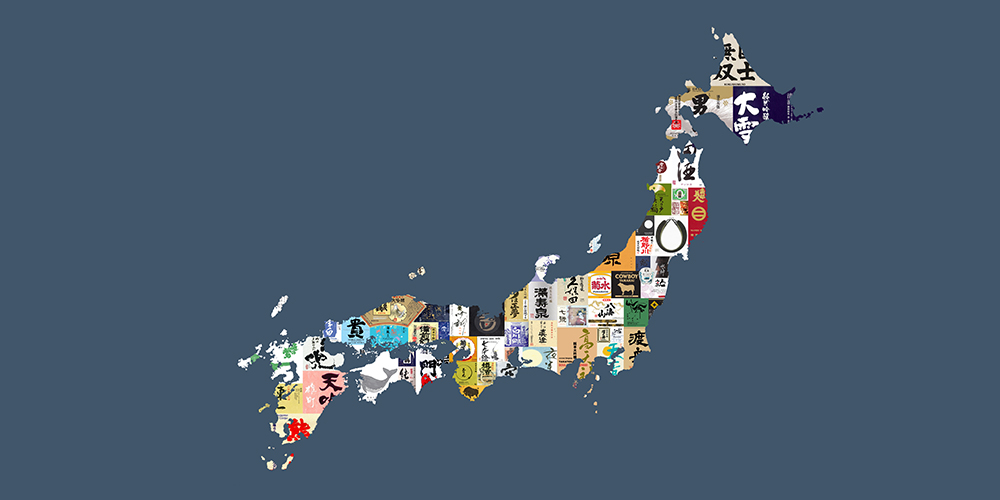
Looking for your next favorite sake? This page will introduce you to sake you’ll like and help you avoid brands you won’t.
There are many different flavor profiles and styles of sake. All of them are represented here.
And if you find something you like, links to online retailers are included in most cases. Some of these links are to affiliate advertisers, where I earn commissions on qualifying purchases.
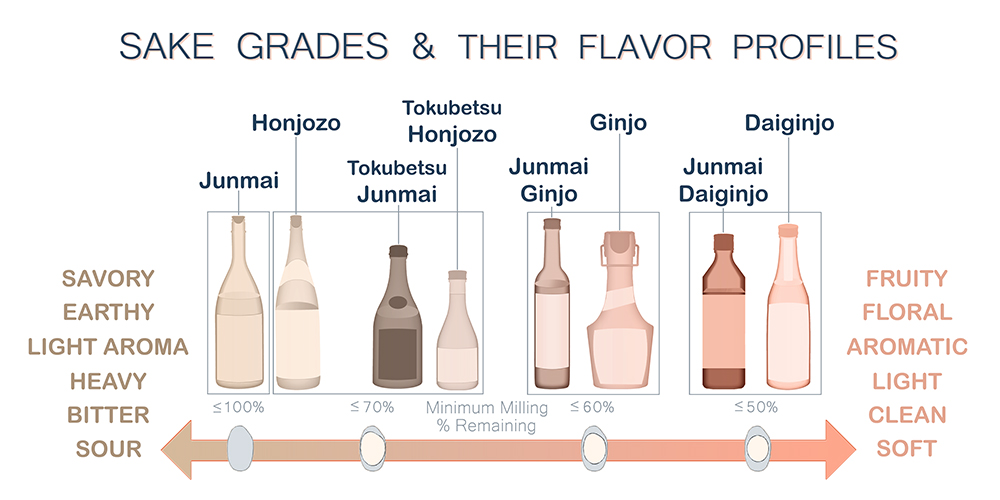
This list is divided by the official sake grades and important substyles. The brands within each category offer a unique flavor profile, price point, or interesting feature – so there’s no redundancy or overlap.
Best Earthy Sake Brands: Junmai, Honjozo
If you like your sake to taste savory, earthy, grainy, nutty, and/or funky – this is the section for you.
Some of the sake have fruity qualities, but this will be in the background. For the most part, you could call these brands masculine or otokozake.
In general, junmai sake tends to have more body and richness than honjozo but less aromatic intensity. But again, this isn’t always the case. Both grades are some of the best sake to serve warm.
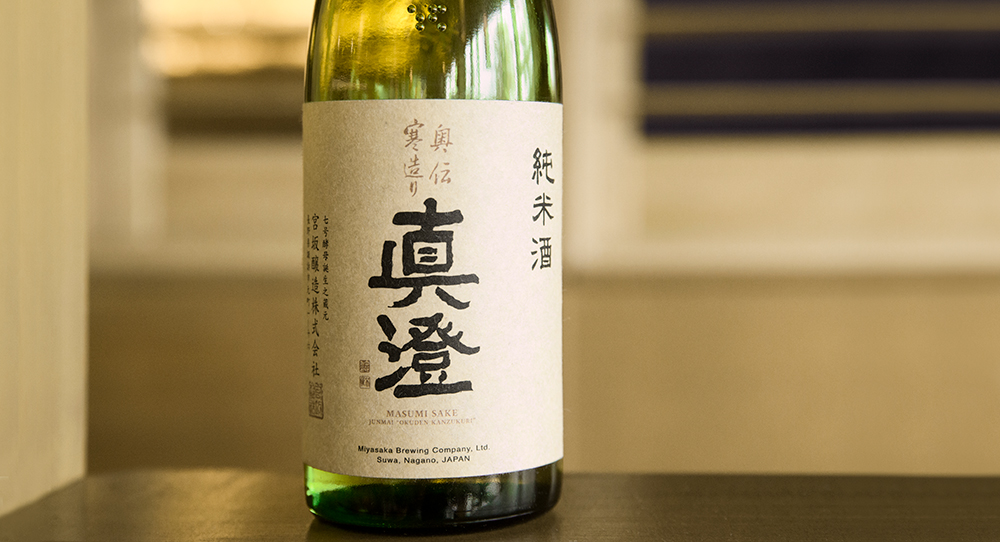
Masumi “Mirror of Truth”
Junmai
“Okuden Kantsukuri”
Masumi “Mirror of Truth” is famous yet relatively easy to find. It’s a junmai from the Miyasaka Brewing Company, the source of iconic #7 yeast.
Masumi Okuden is creamy but has a bright finish. Overall, it’s mellow and easy to enjoy. Tasting notes include steamed rice, banana, cocoa, and creme brulee.
It’s also one of the best warm sake brands, though it’s just as good chilled.
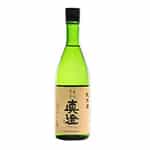
Compare prices of Masumi Junmai “Mirror of Truth”
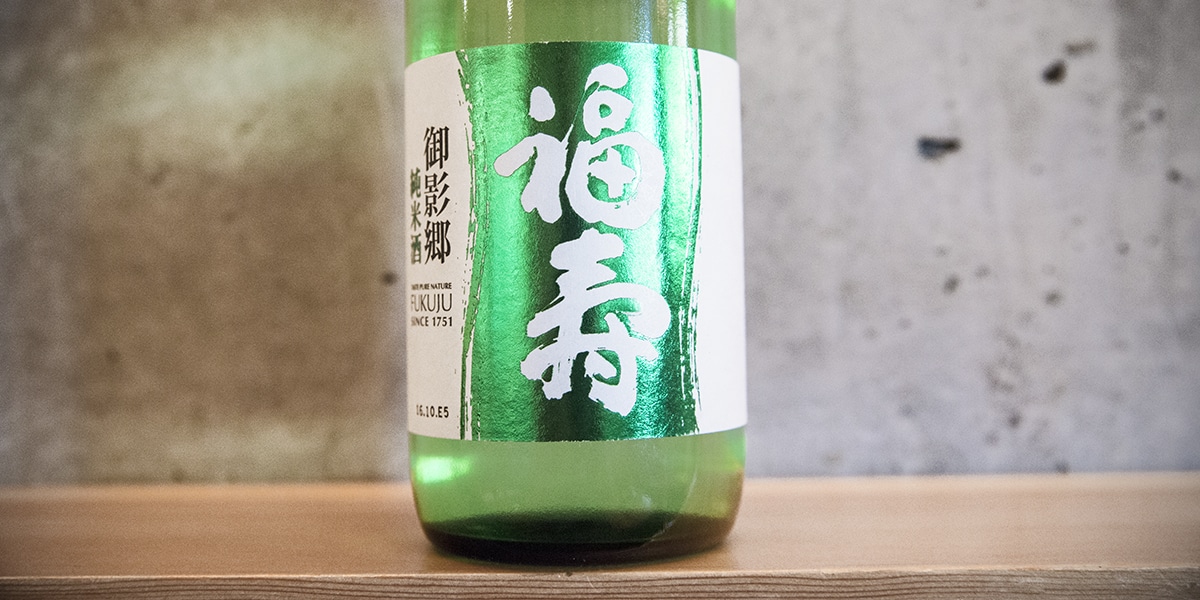
Fukuju “Green Label”
Junmai
“Mikagego”
Fukuju is a wonderful brand from Nada, Kobe. This area is famous for its Miyamizu water and firm, masculine sake.
But the stuff from Fukuju is more modern and elegant in style than many of the Nada breweries.
Fukuju Green Label is one of my go-to sake brands. It has aromas and flavors of citrus, peach, steamed rice, and wet concrete. A sour, mineral finish keeps things refreshing and food-friendly.
Check out my Fukuju Green Label review to learn more about this killer Nada sake.
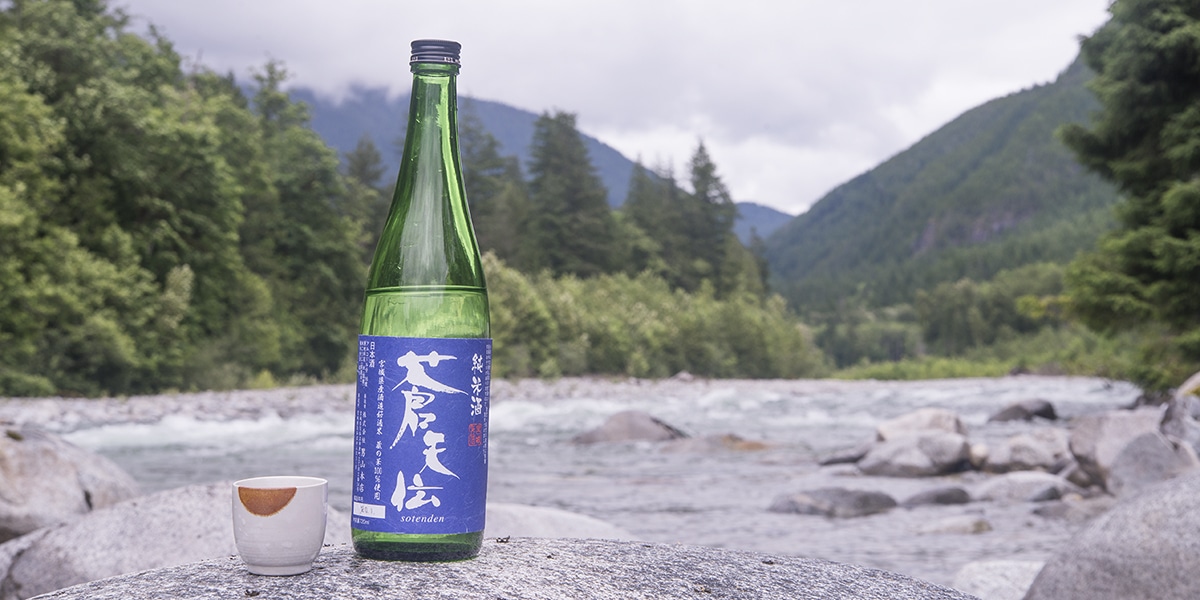
Sotenden
Junmai
Sotenden is a European wine-drinkers sake: fresh, mineral, and elegant. In this regard, it’s a bit like Fukuju Green Label. However, Sotenden is more floral and slightly buttery.
The first impression of this sake is a mild sweetness, but then a wave of acidity takes over and leads to a dry finish.
Sotenden is not easy to find but is worth the effort. It’s killer with shellfish, especially scallops or lobster.

Compare prices of Sotenden Junmai
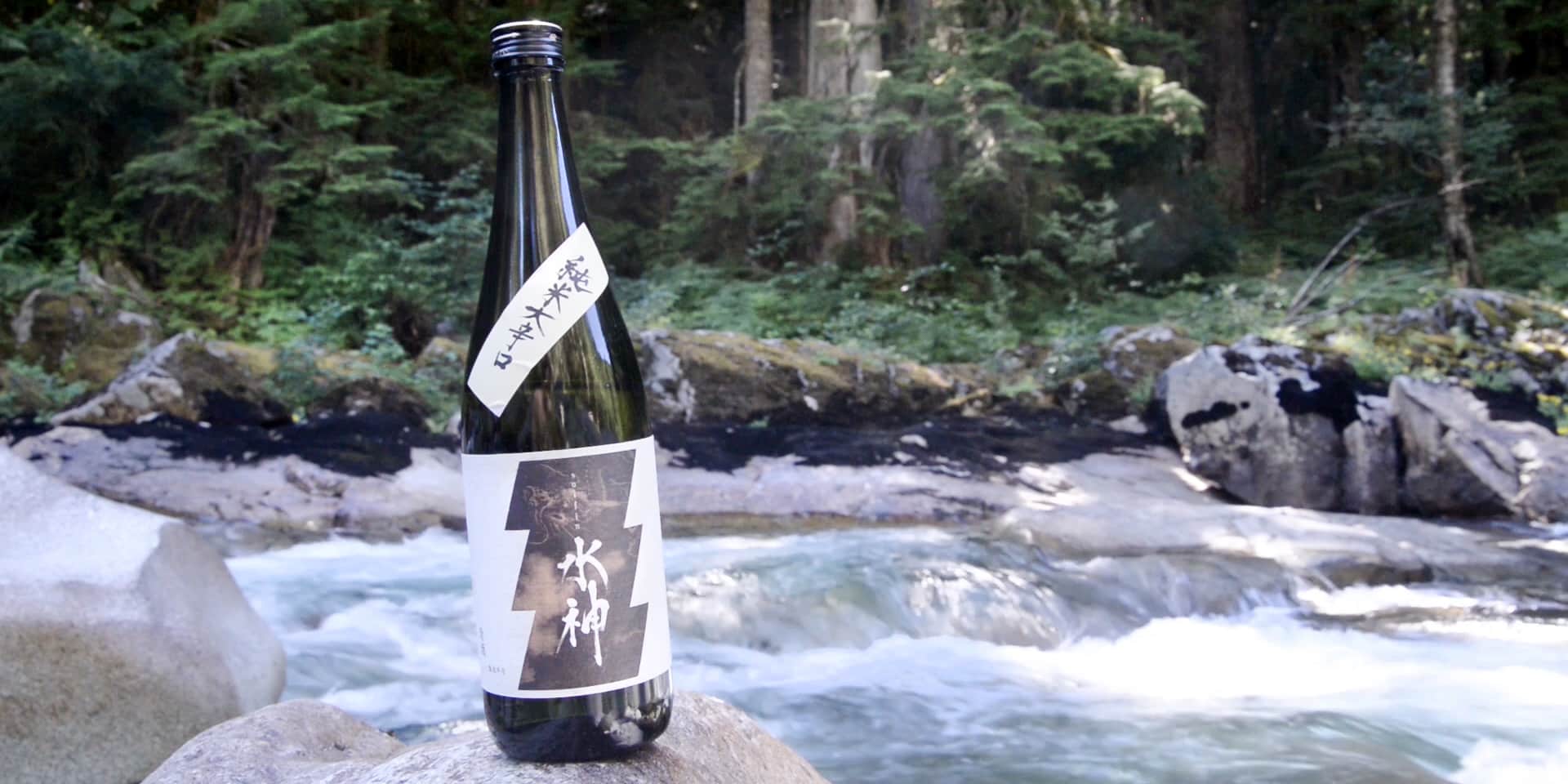
Suijin “Water God”
Junmai
Besides having a cool name, Suijin is one of the dryest sake on the list. A lot of times, bone-dry sake like this are also delicate. Suijin is not.
Water God is firm and has some weight. Steamed rice and mineral notes dominate.
It’s very good warm and even better slightly chilled. If you find Suijin to be too bold and dry, smaller cups will tame some of the intensity.
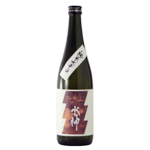
Compare prices of Suijin Junmai “Water God”
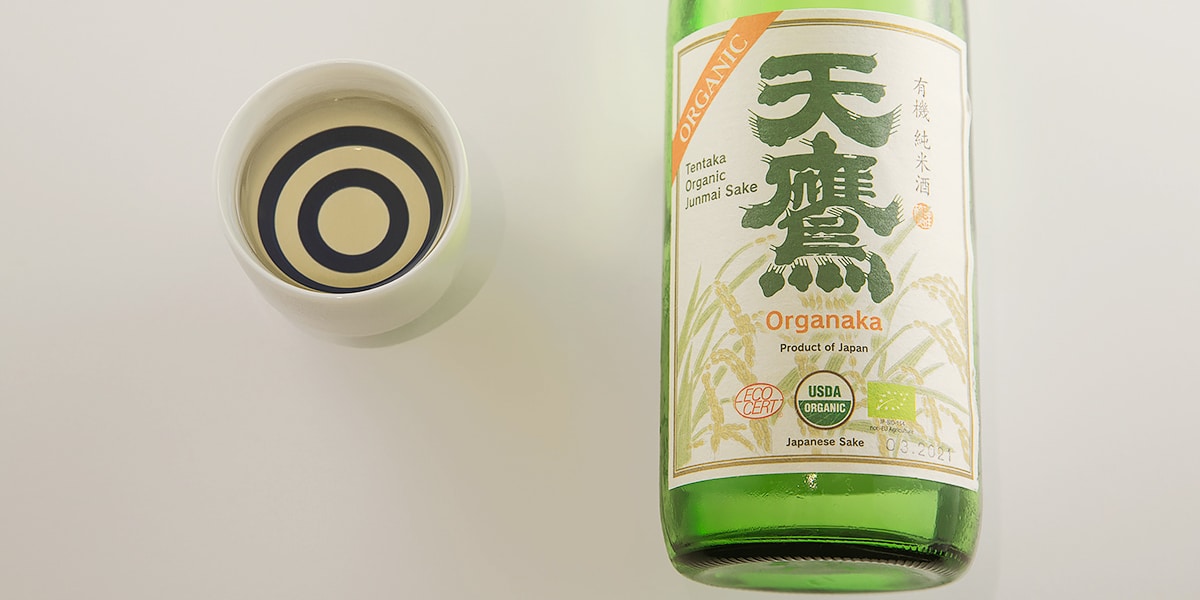
Tentaka “Organic”
Junmai
“Organaka”
Tentaka Organaka is one of only a few organic sake. But it’s more than just an organic brew. It’s delicious!
If you like savory, creamy sake – this one’s for you.
Tentaka Organaka has a quiet nose with notes of brown rice, saltwater taffy, lemon peel, cream, and potato vodka.
The flavor of Organaka is dry with a semi-sour finish. There is a lot of mineral umami. Tasting notes include salted popcorn, yogurt, almond, malted barley, toasted grain, and caramel.
All of Tentaka’s sake deserves to be on this list. If you like umami-forward sake with wine-like minerality, check them out.
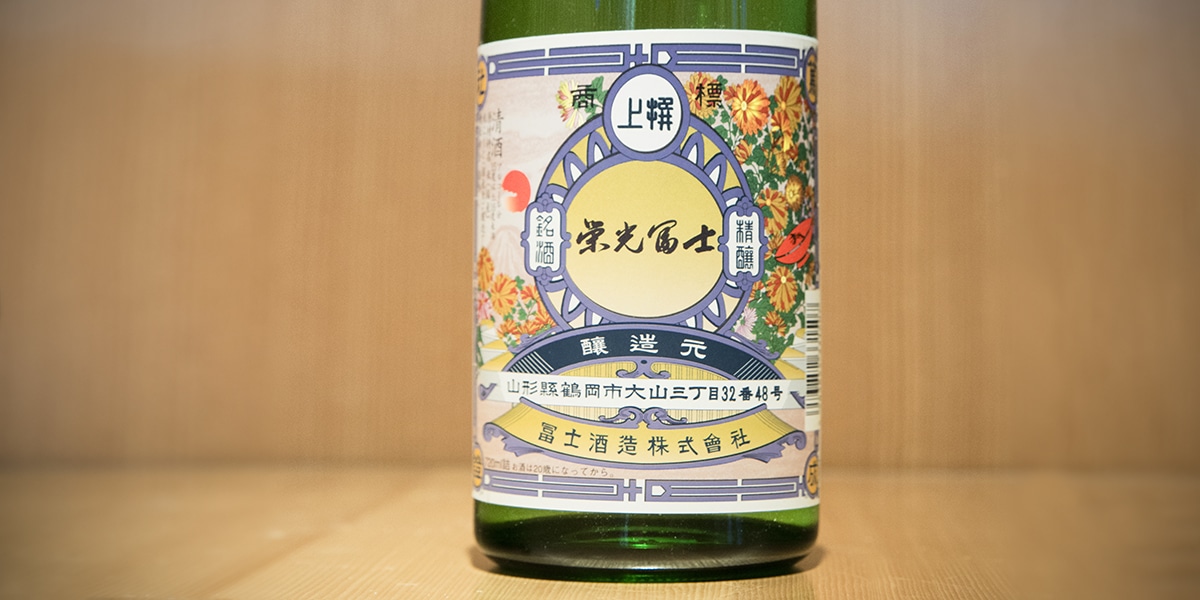
Eiko fuji “Glorious Mount fuji”
Honjozo
“Honkara”
Eiko Fuji Honkara fruity and bone-dry. Honkara is a combination of honjozo (grade) and karakuchi. The latter term means very dry sake.
Compared to Suijin, Eiko Fuji Honkara is more aromatic and much softer. There are notes of green apple, mineral, and marshmallow.
Eiko Fuji Honkara can be served at any temperature. It also makes a mean saketini!
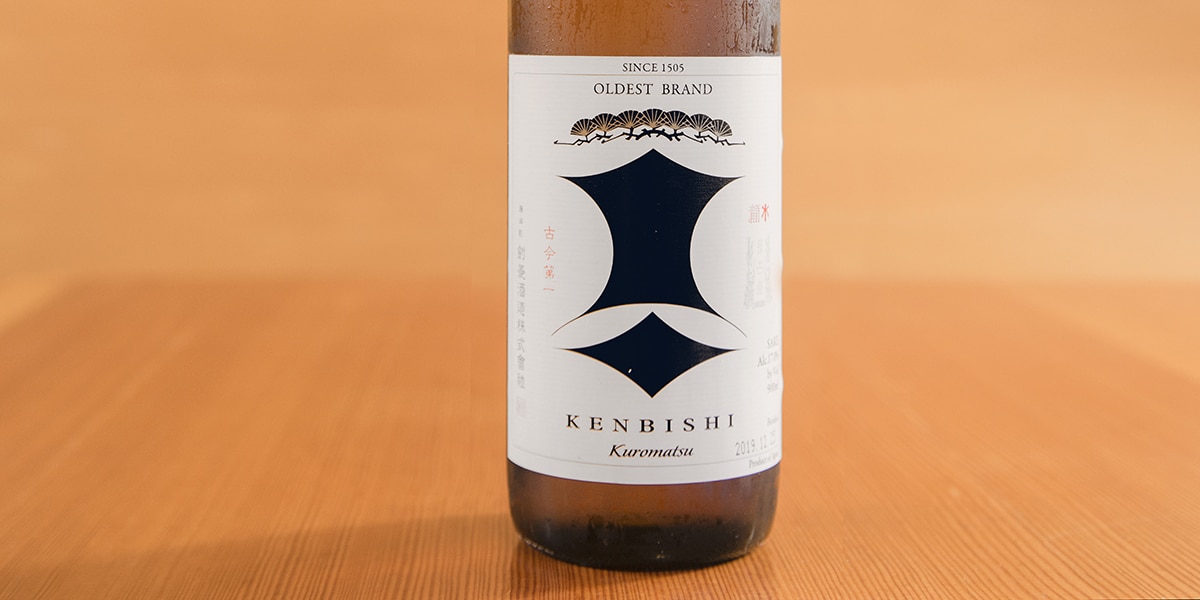
kENBISHI “bLACK PINE”
Honjozo
“Kuromatsu”
Kenbishi is the oldest brand of sake*. And their two primary brands Kuromatsu and Mizuho taste old-school. Both made the list btw.
Kuromatsu is rich, big-bodied, and earthy. It’s slightly sweet at first, but it’s also quite sharp on the finish. This makes it seem drier as you continue to drink. Tasting notes include cocoa, caramel, sour rice, shiitake, and almond.
I’m a huge fan of this funky Nada sake. It’s one of the best sake brands to serve warm or hot. And it makes a great addition to cocktails.
Pair Kuromatsu with hot pot dishes and meat.
*There are older sake breweries.
Balanced Sake Brands: Tokubetsu Junmai and Honjozo
Tokubetsu means special and is sort of like a premium version of a junmai or honjozo.
There’s a lot of variability among brands, but they’re usually balanced between savory, earthy notes and fruity, floral qualities.
Tokubetsu sake is also often a good representation of the local style of sake.
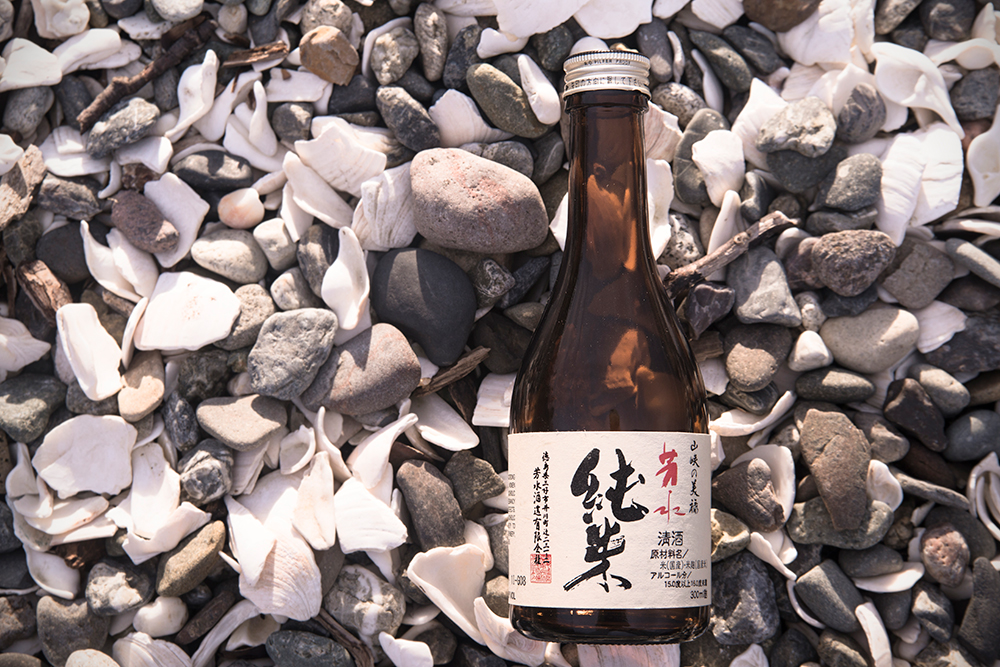
Housui “Fragrant Water”
Tokubetsu Junmai
This masculine tokubetsu also goes by the name Old Mountain. Both of its English monikers seem appropriate.
This is one of the most complex sake on the list, and it pairs well with a wide variety of food.
Housui starts with a hint of sweetness followed by a wave of drying acidity. Tasting notes include sour rice, dried shiitake, cashew, brown sugar, cedar, melon, and lemon zest. Some of the funky and fresh elements in Housui can be attributed to the yamahai method used to brew it.
Housui can be served chilled or warm. Pair it with ramen, tempura, hikarimono nigiri and sashimi, grilled fish collars, and creamy pasta.
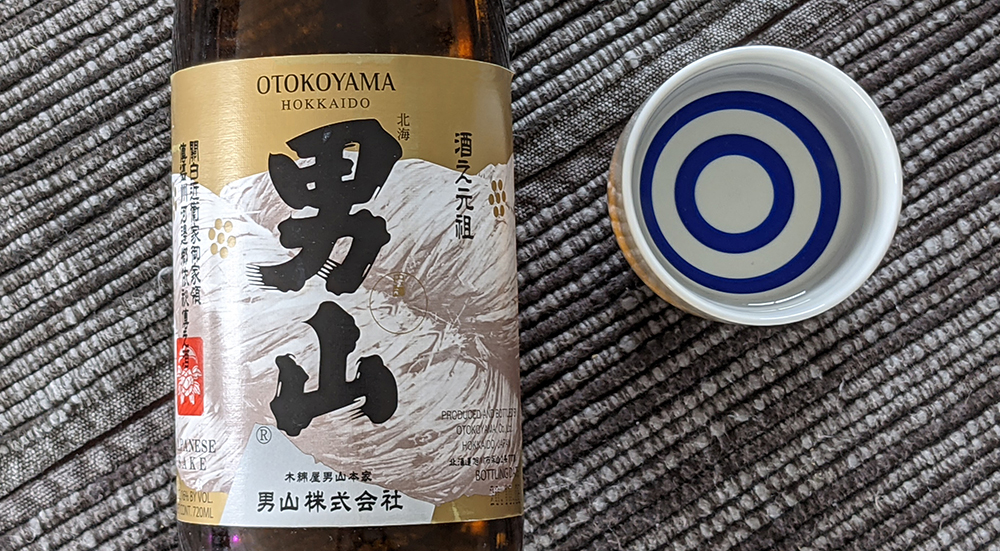
Otokoyama “Man’s Mountain”
Tokubetsu Junmai
There are a number of Otokoyama sake made across Japan. But this tokubetsu junmai from Hokkai Otokoyama is the most popular.
It was one of the first premium sake on the export market. And in a time when sweet, rich sake was normal, Otokoyama was also totally different: very dry, light, and clean. Many older sake drinkers want nothing else.
Tasting notes include steamed rice, mineral, citrus, and green apple. It’s just as good warm as it is cold.
Overall, Otokoyama Tokubetsu Junmai is one of the best sake brands for a restaurant or bar menu. It sells.
Check out my Otokoyama sake review to learn more.
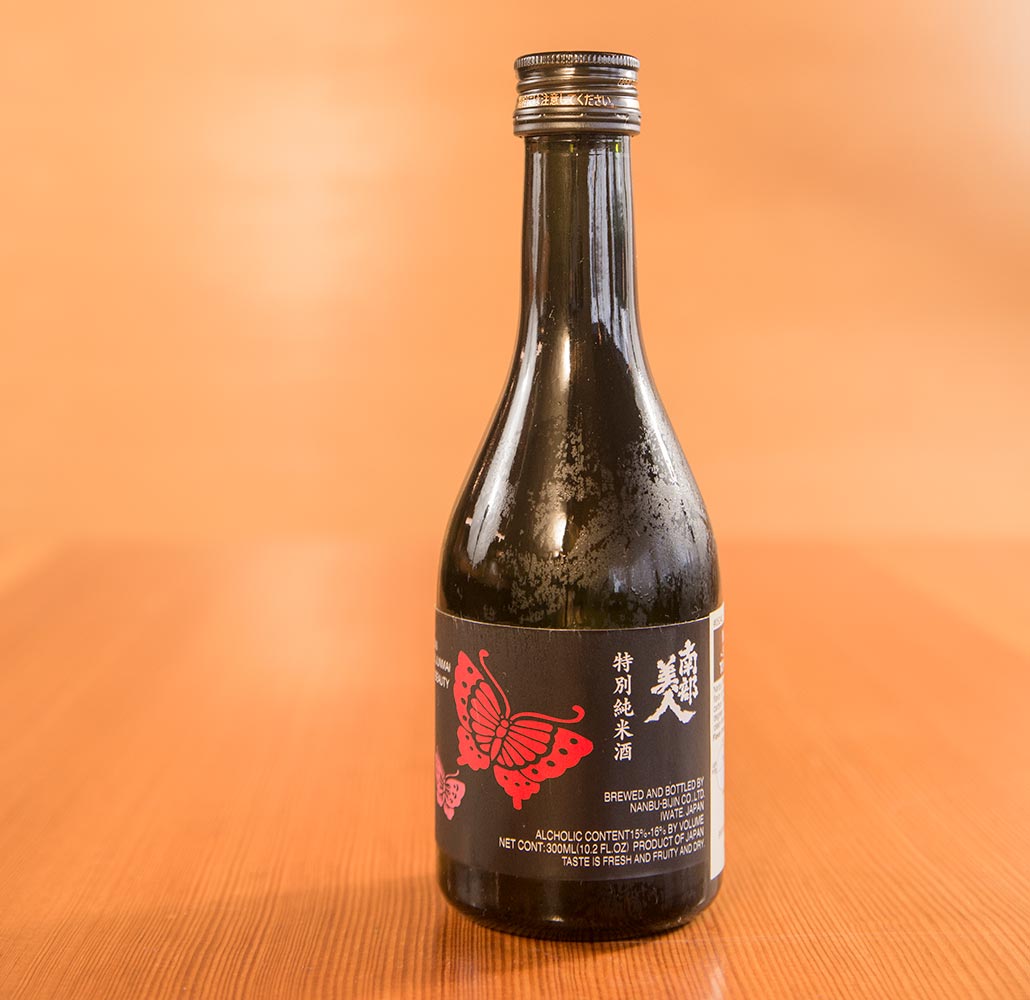
Nanbu Bijin “Southern Beauty”
Tokubetsu Junmai
Nanbu Bijin is a rockstar in the sake world. And this tokubetsu junmai has probably won more awards than any other brand. I remember where I was the first time I tasted it, and over a decade later I still adore it.
This Iwate sake is fragrant, dry, soft, and compact. Nanbu Bijin is fruit-forward and floral but also has some grainy notes. There’s a fair amount of complexity wrapped in a delicate, pretty sake.
Nanbu Bijin Tokubetsu Junmai is consistently awarded honors at professional sake events, yet it’s also one of the best sake brands for beginners.
Serve Southern Beauty chilled. It really shines in a white wine glass.
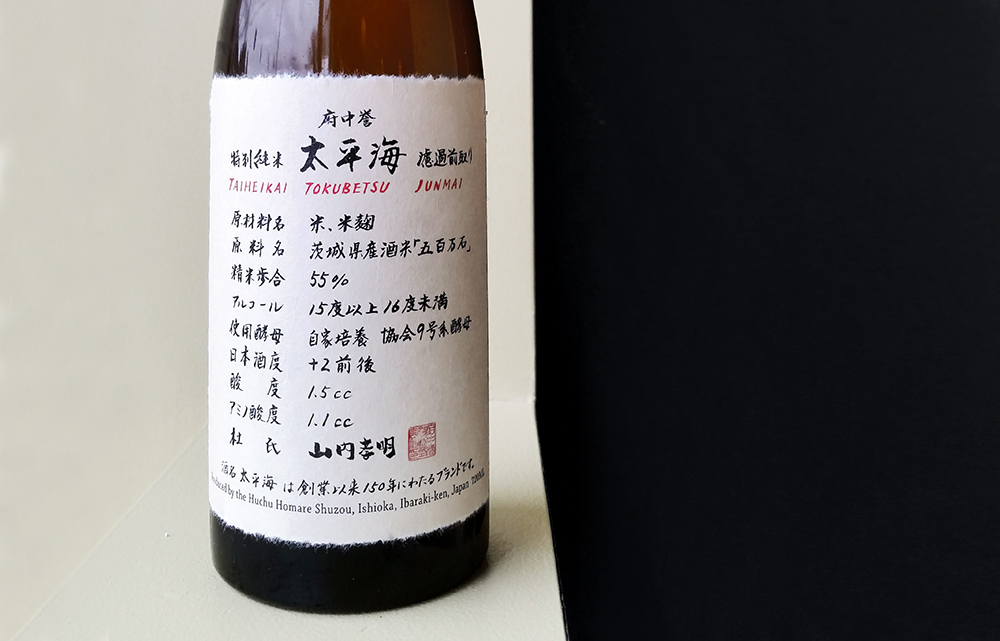
Taiheikai “Pacific Ocean”
Tokubetsu Junmai
Taiheikai is a classic sake and the original brand of Huchu Homare of Ibaraki.
Taiheikai is revered for its complexity. It has a diverse mix of notes from melon and lemon to mint and dried flowers. There are also nutty and ricey aromas and flavors. Few sake brands have as much going on.
Overall, Taiheikai is slightly dry, with a bright finish, and a medium body.
This sake is very good with sashimi and sushi. It’s also a classic pairing with ankimo. Regardless of what you eat it with, I recommend Taiheikai chilled. It shows really well in a white wine glass.
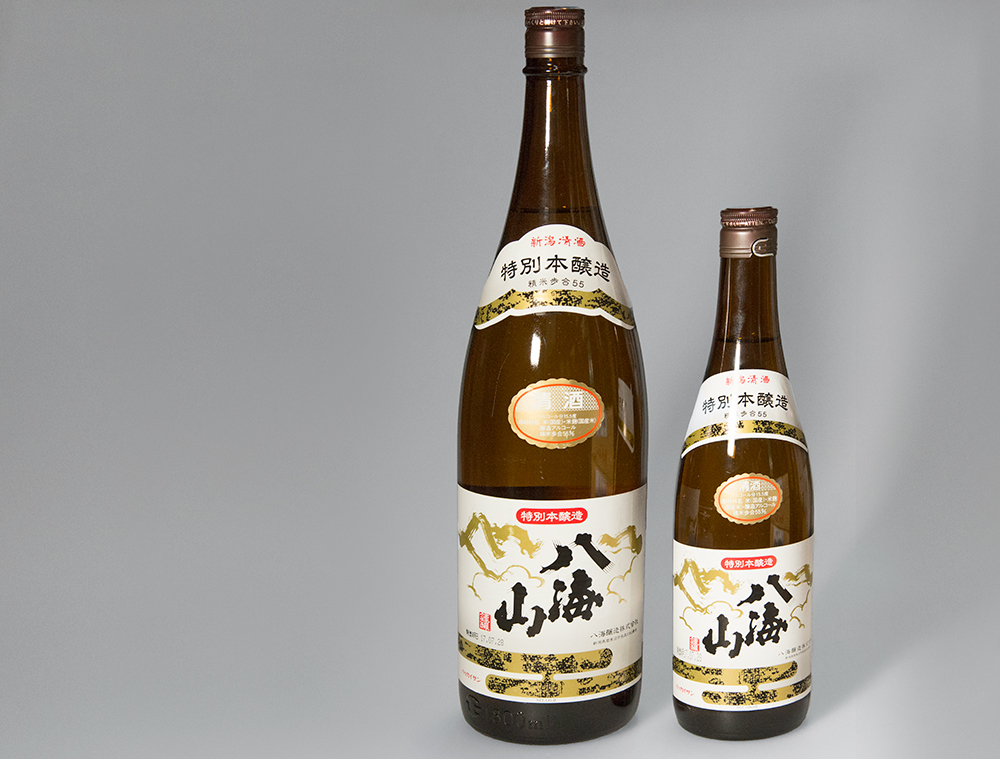
Hakkaisan
Tokubetsu Honjozo
Hakkaisan is a sake brand and brewery to know. They’re located in snowy Niigata. This region makes a lot of high-quality sake that’s famous for being light and dry.
Hakkaisan Tokubetsu Honjozo is the brewery’s classic sake. It’s dry and incredibly smooth. Any serving temperature will work with it, and it will pair with just about any dish at a sushi restaurant. It’s especially good with salmon.
This brand is a great alternative to Otokyama Tokubetsu Junmai.
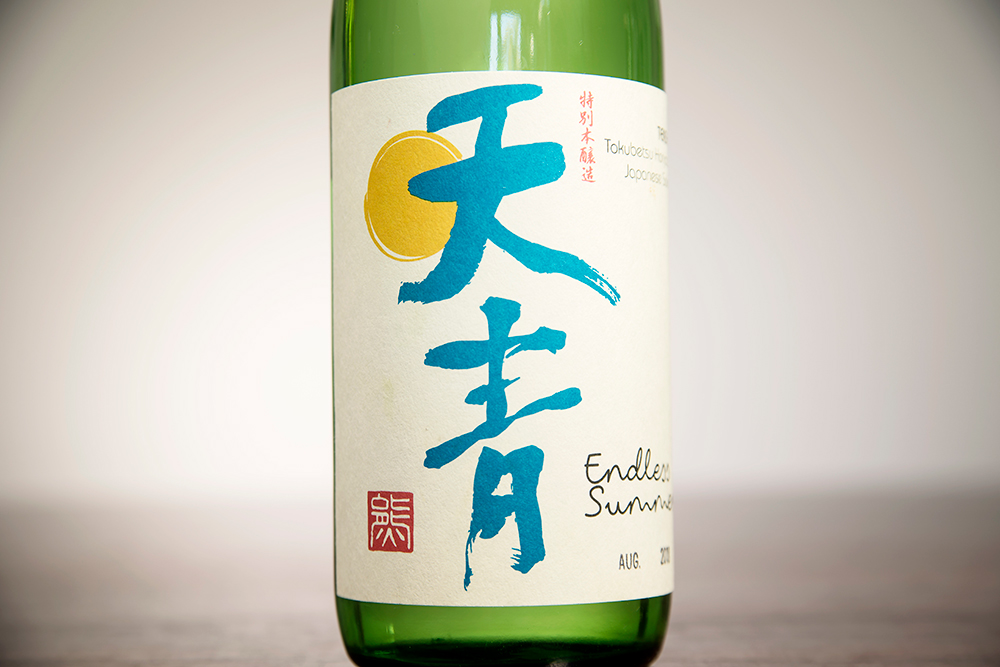
Tensei “Endless Summer”
Tokubetsu Honjozo
I’m just going to say it: I love Tensei Endless Summer. This sake is brewed next to the sea, and it tastes like it.
Tensei is dry and supple. It has a cool mix of aromas and flavors which include lemon zest, melon, saline, crackers, kombu, and saltwater taffy. There aren’t many sake that taste quite like it.
A lot of honjozo sake is great when warm, but I recommend you keep this one chilled.
Slightly Fruity Sake Brands: Junmai Ginjo and Ginjo
We’re now getting to ginjo-shu. These types of sake are much harder to make and use highly-polished rice. They tend to be more expensive for this reason.
But the reward is sake that is typically fruitier and more aromatic. They tend to be softer and lighter, as well. Overall, many of these brands could be described as feminine or onnazake.
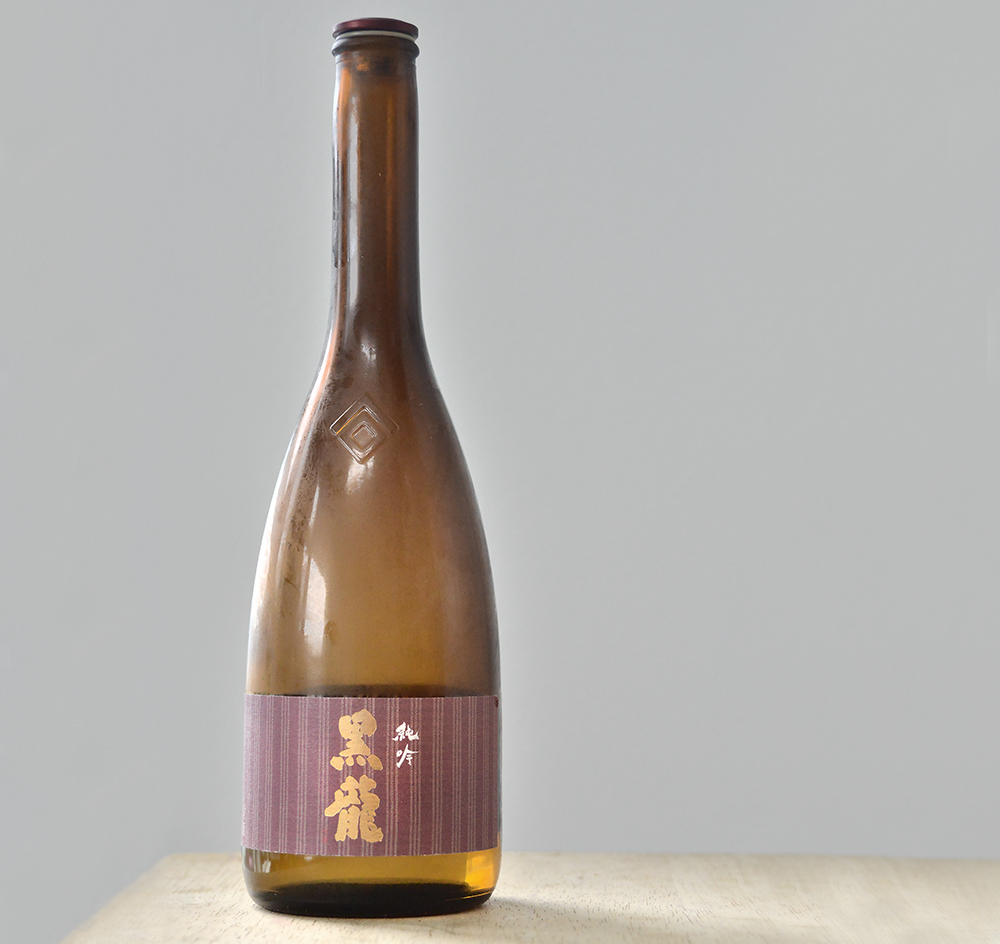
Kokuryu “Black Dragon”
Junmai Ginjo
Kokuryu is a Fukui sake brand with a cult following. People just love it. But it can be hard to find in the US for this reason, and because the brewery isn’t that big.
Kokuryu Junmai Ginjo is a soft and clean sake. But it packs an epic amount of character into its mild profile. There are notes of melon, lime, fresh flowers, steamed rice, mint, almond, and honey. Kokuryu is not intense, but it is very complex.
Pair this sake with anything shellfish. It’s also a great sake brand to enjoy with an omakase.
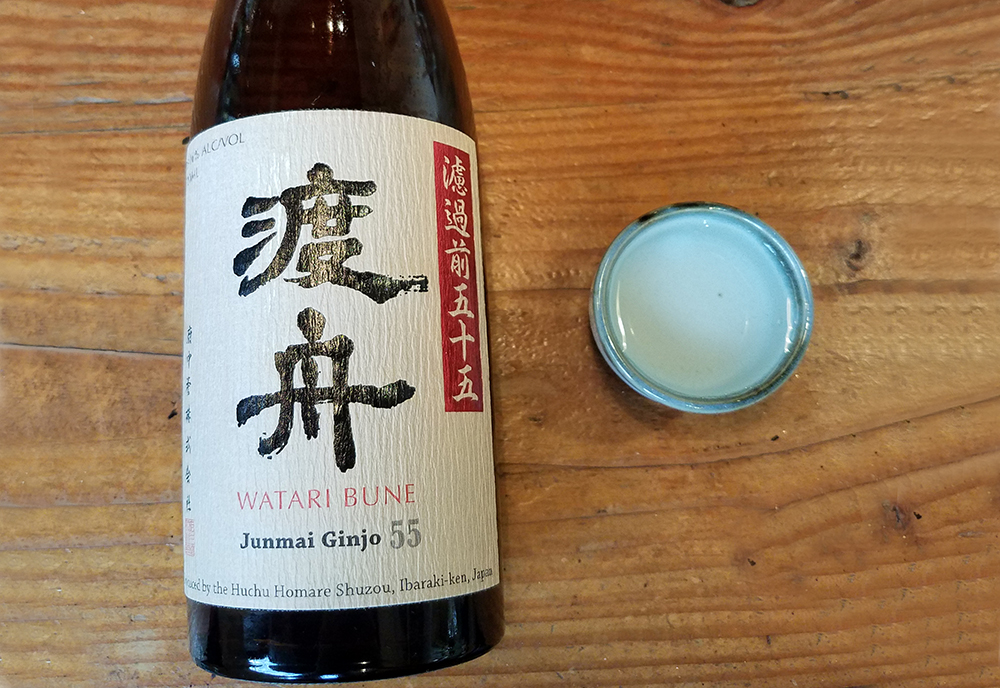
Watari Bune “55”
Junmai Ginjo
Watari Bune 55 is another iconic sake from Huchu Homare of Ibaraki. It’s named for the heirloom sake rice strain they revived. This amazing rice was milled to 55% (remaining).
The first thing you’ll notice about Watari 55 is its billowing fragrance. Its moderately dry taste leads to a bright finish. This junmai ginjo has a wide array of aroma and flavor characteristics. Tasting notes include fresh flowers, melon, pineapple, steamed brown rice, and fresh flowers.
Watari 55 is amazing when served chilled. And it’s perhaps the best sake with chawanmushi all-time! It also pairs with just about any dish you’ll find at your local izakaya.
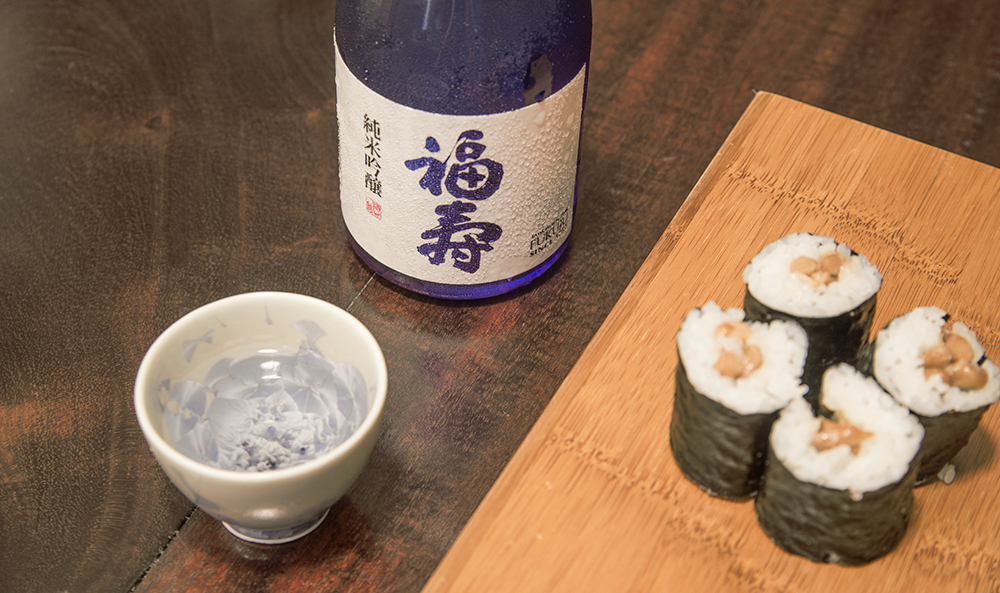
Fukuju “Blue Label”
Junmai Ginjo
Fukuju Blue Label is one of three Kobe Shushinkan brewery sake on this list. This one is a fruity, elegant, and wine-like expression of Nada sake. But it still has the classic mineral umami that this Kobe sake region is known for.
Fukuju is fragrant with notes of melon, raspberry, pineapple, and fresh flowers. But the palate is more serious and firm. It’s light but fresh and mineral-driven. There are flavors of wet concrete, brine, and lemon peel.
Overall, this is a Nada sake with a lot of complexity. I highly recommend Blue Label chilled and served in a wine glass. Enjoy some sashimi with it while you’re at it!
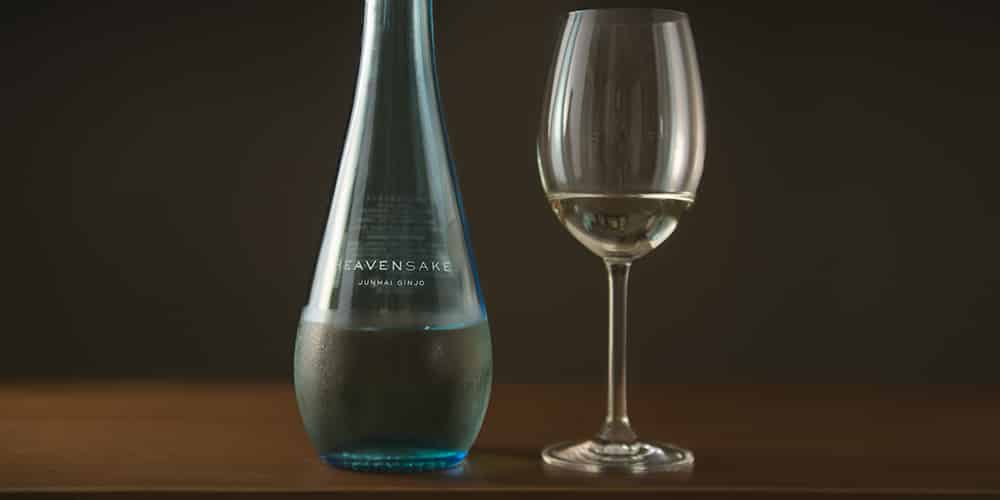
HEAVENSAKE
Junmai Ginjo
HEAVENSAKE is a white label brand and relatively new to the sake scene. But it has garnered lots of praise for its layered and balanced sake.
This aromatic junmai ginjo has notes of fresh flowers, white grape, melon, green apple, lemon zest, and bubblegum.
On the palate, HEAVENSAKE is dry and soft. Tasting notes include peach, green apple, pear, banana, cantaloupe, fresh-cut grass, and mint.
Check out my HEAVENSAKE review to learn more about this innovative brand.
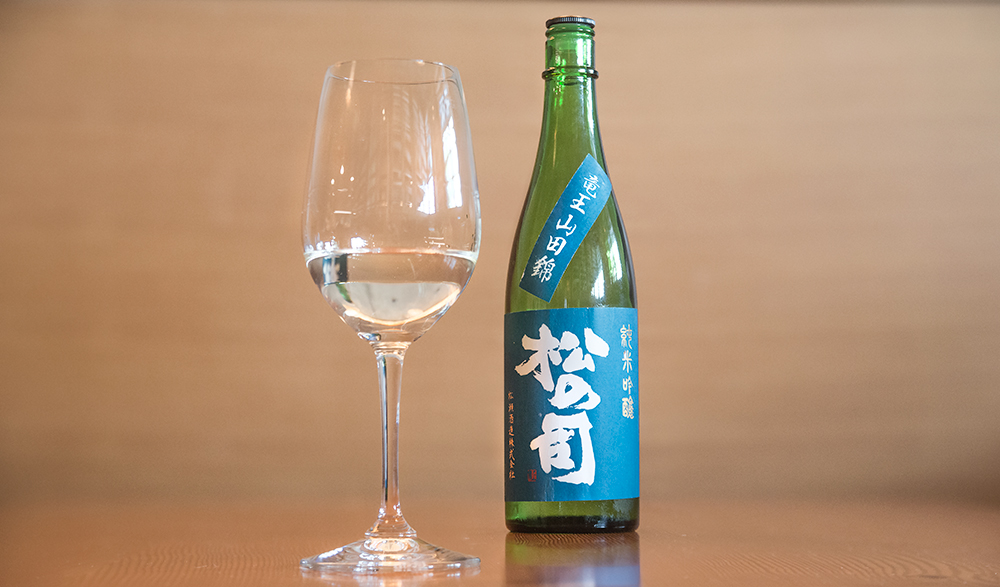
Matsu no Tsukasa “Ryuou”
Junmai Ginjo
Matsu no Tsukasa is a tiny kura from Shiga. They do whatever it takes to make the best sake possible. Local, organic rice, small batches, and in-house yeast are all standard.
And finding it outside of Japan is practically impossible. But I list Matsu no Tsukasa here anyway because it’s in my top couple of sake.
It’s aromatic, firm, and gorgeous with a delicious mix of fruit and mineral notes. It shares some characteristics with Grand Crus Chablis. So wine drinkers take note.
Shichi Hon Yari “Ginfubuki” Junmai Ginjo: “Warrior’s Blend”
Like Matsu no Tsukasa, Shichi Hon Yari is a sake brand from a tiny brewery in Shiga. But unlike the former sake, you can actually find Shichi Hon Yari outside of Japan.
Ginfubuki is a newer type of sake rice from the area. Shichi Hon Yari showcases it beautifully. This fruity and floral junmai ginjo is balanced with herbal, lactic, and mineral notes. It has a dry taste and a sour finish.
I recommend serving Shichi Hon Yari “Ginfubuki” chilled. If you’re lucky enough, pair it with grilled or fried ayu. Otherwise, it tastes great with sashimi and sushi, hamachi kama, and salt-grilled mackerel.
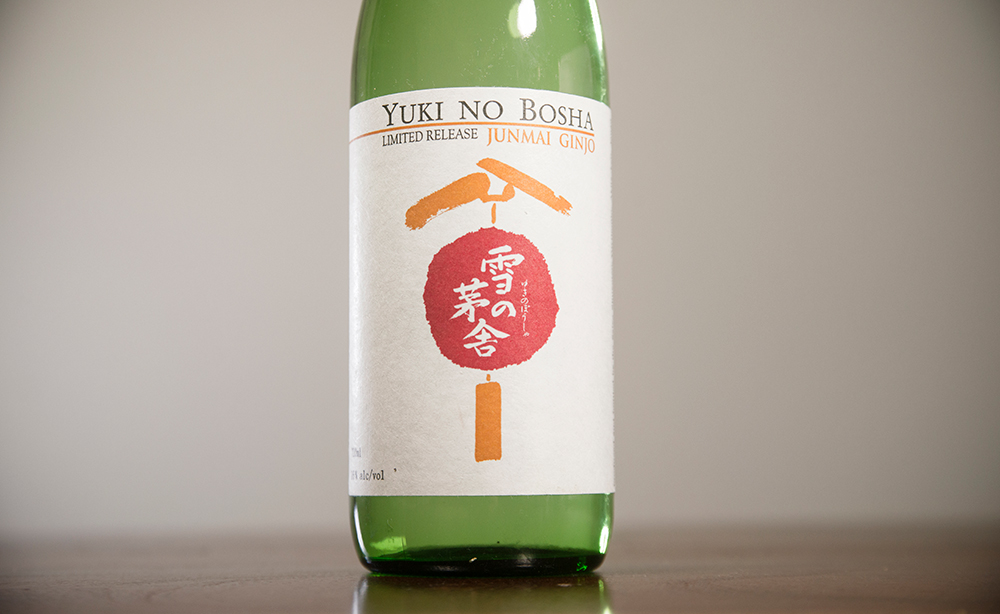
Yuki no Bosha “Cabin in the Snow”
Junmai Ginjo
Yuki no Bosha is a legendary sake brand from Akita.
This expressive junmai ginjo is a fruit-bomb and a crowd-pleaser. It’s a dry sake with a smooth and quick finish. Tasting notes include green apple, pear, strawberry, daphne, and anise.
Aromatic and fruity sake like this is best served chilled. Yuki no Bosha is excellent with sashimi, spicy Western sushi, and salads.
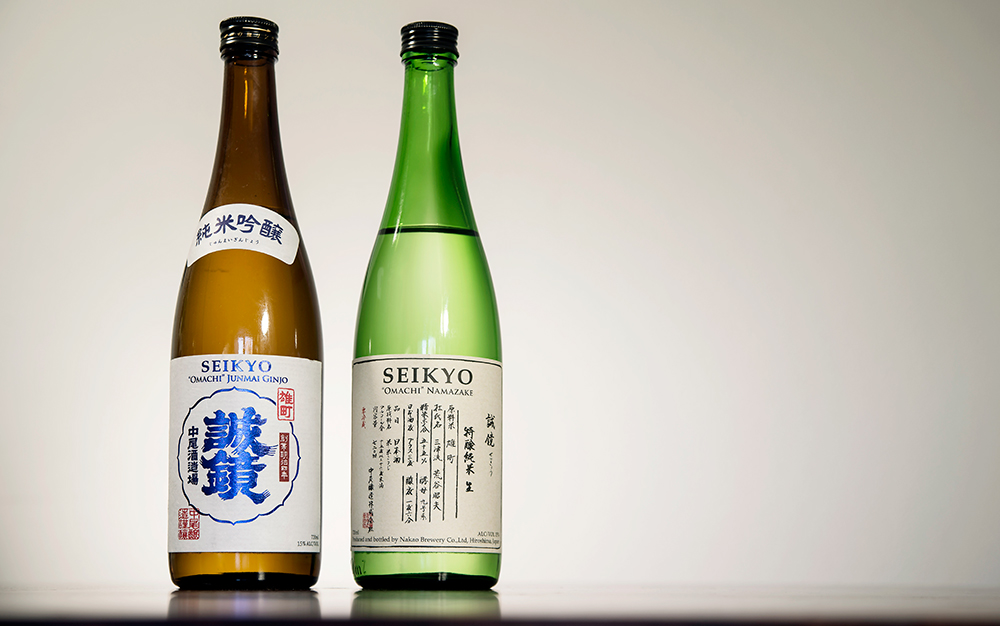
Seikyo “Mirror of Truth”
Junmai Ginjo
“Omachi” Junmai Ginjo
Seikyo is a famous brand from Takehara, Hiroshima. The brewery (Nakao) uses proprietary yeast they developed from apple skin. And they contract grow fabled omachi rice near the brewery.
Seikyo Omachi uses this sacred sake rice for this junmai ginjo. The sake has a mellow aroma, which is common with sake brewed with omachi. It’s nutty and herbal with a hint of citrus. On the palate, Seikyo Omachi is mildly sweet and very soft. It finishes with a flavor of sour rice.
Overall, this isn’t an overly expressive sake. Instead, it’s smooth, solid, and deep.
Be sure to look out for the spring namazake version of this sake!
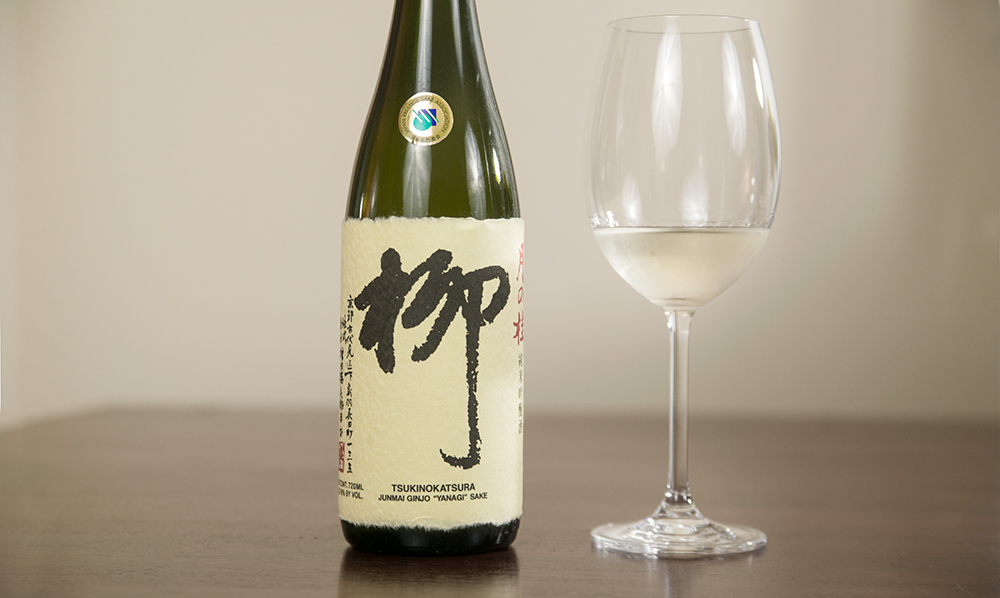
Tsukinokatsura “Yanagi”
Junmai Ginjo
“Yanagi”
This tongue-twister (sounds like: tski no cat sue rah) should be on every sake enthusiast’s radar. This tiny sake brewery claims to have introduced both koshu and nigori to the world which is pretty impressive.
Yanagi is neither aged nor cloudy, but it is stunning. This Fushimi, Kyoto sake is fragrant, fruity, and floral. Yanagi is fairly dry and has a fat, creamy texture. Tasting notes include strawberry, ripe peach, bubblegum, anise, and steamed rice.
Most junmai ginjo are best served chilled, and that’s how I prefer to enjoy Yanagi. But to my great surprise, this sake is pretty tasty when gently warmed.
Dewazakura “Oka” Ginjo: “Cherry Bouquet”
Dewazakura Oka was one of the first ginjo ever sold to the public. Prior to Oka’s release, these fruity, hand-made sake were brewed almost exclusively for competitions. And people loved it!
Dewazakura hit a home run and ignited the ginjo-boom. The pretty, floral sake that sparked a brewing revolution is still as popular today.
Oka is an aromatic sake that’s deeply fruity and floral. It has a slightly dry taste, a soft texture, and a clean, delicate finish. Tasting notes include cherry blossom, daphne, raspberry, strawberry, banana, and steamed rice.
If you’re studying sake or looking to expand your palate, Dewazakura Oka is the quintessential ginjo. It’s best served chilled, and I recommend a wine glass for appreciating its aroma.
Very Fruity Sake Brands: Junmai Daiginjo and Daiginjo
Junmai daiginjo and daiginjo are considered the most premium grades. They require highly milled rice (50% minimum) and are very hard to brew. Because of this, they are the most expensive categories of sake.
This doesn’t mean they’re necessarily the best sake, but some drinkers certainly think so.
For most of us, what matters most is how they taste. These two sake grades are typically aromatic, fruity, floral, light, and smooth. Some do have a touch of earthy elements, but these will always be in the background.
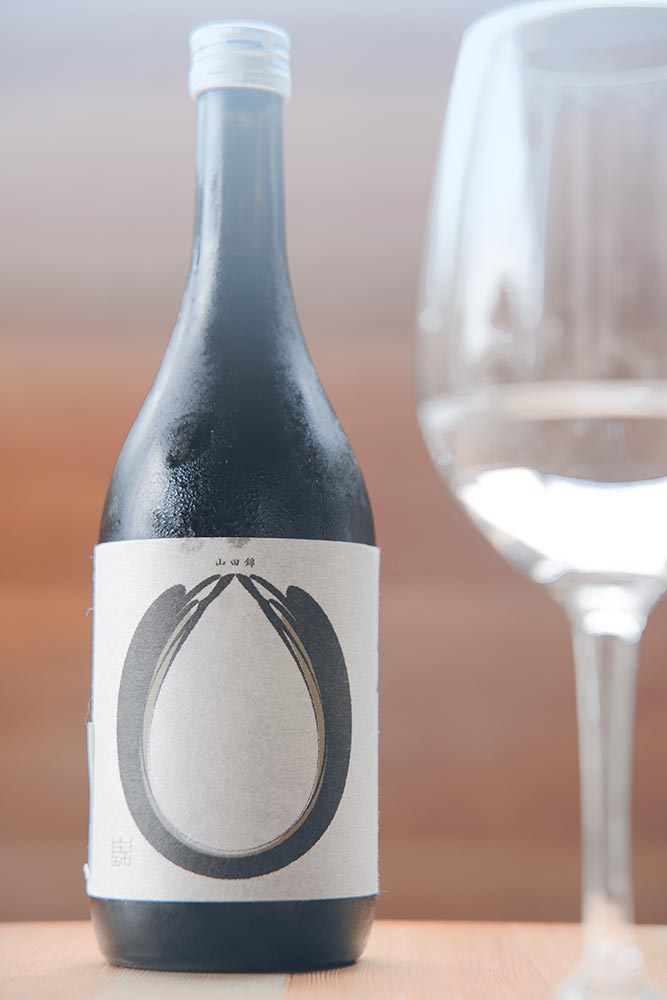
Nanbu Bijin “Southern Beauty”
Junmai Daiginjo
“Shinpaku”
Nanbu Bijin Shinpaku is one of the best value junmai daiginjo sake on the market. Few sake brands can compete with its combo of character, quality, and affordability.
Nanbu Bijin Shinpaku is fragrant, juicy, and dry. It has a soft texture but a bright finish. Tasting notes include peach, pear, cantaloupe, and fresh flowers.
Shinpaku is best served chilled. Stemware really shows off the aromatics of this junmai daiginjo. But smaller traditional cups are great if you want an extremely light tasting experience.
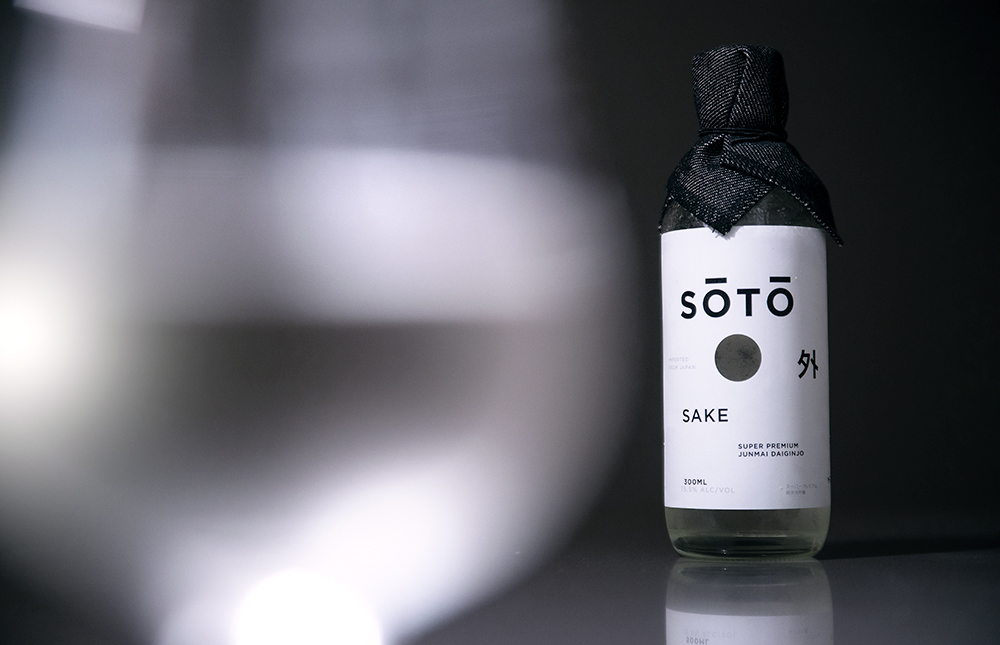
Soto
Junmai Daiginjo
Soto is a new brand from Niigata. The sake of this prefecture helped make the karakuchi tanrei (dry and light, clean) style explode in popularity. I’ve found many of them to be a little too mild for me, however.
But Soto Junmai Daiginjo is a more vibrant expression of Niigata sake. It’s mildly aromatic, dry, and soft, but it finishes with refreshing mineral acidity. Tasting notes include orange oil, cherry, sakura, melon, bubblegum, potpourri, chestnut, anise, and sour rice. There’s a lot going on here.
I love this sake served chilled and in a white wine glass.
I sometimes forget about open bottles of sake in my fridge. They usually lose some of their aromatic potency, and this once happed to a bottle of Soto Junmai Daiginjo. It was ok cold, but I warmed it up and it came to life with a nutty, citrusy brightness. Food for thought.
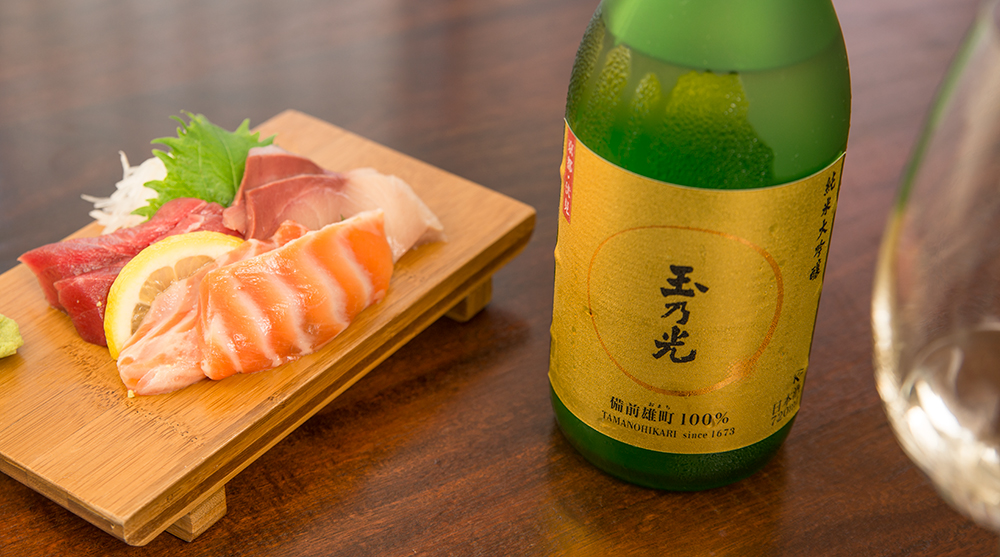
Tamanohikari “Brilliant Jade”
Junmai Daiginjo
Tamanohikari is one of my all-time favorite sake brands. They revived the junmai style and brew everything by hand.
This fabled junmai daiginjo is brewed with Bizen omachi rice, adding to its cachet.
Tamanohikari is moderately aromatic, dry, and creamy. Tasting notes include cantaloupe, green apple, green grape, strawberry, roasted banana, sakura, bubblegum, anise, and mint. And while Tamanohikari is complex, it’s not rich.
I prefer this Fushimi, Kyoto sake chilled. And as usual, a wine glass will give you the optimal tasting experience. Smaller, traditional cups are good if you prefer a more delicate tasting experience.
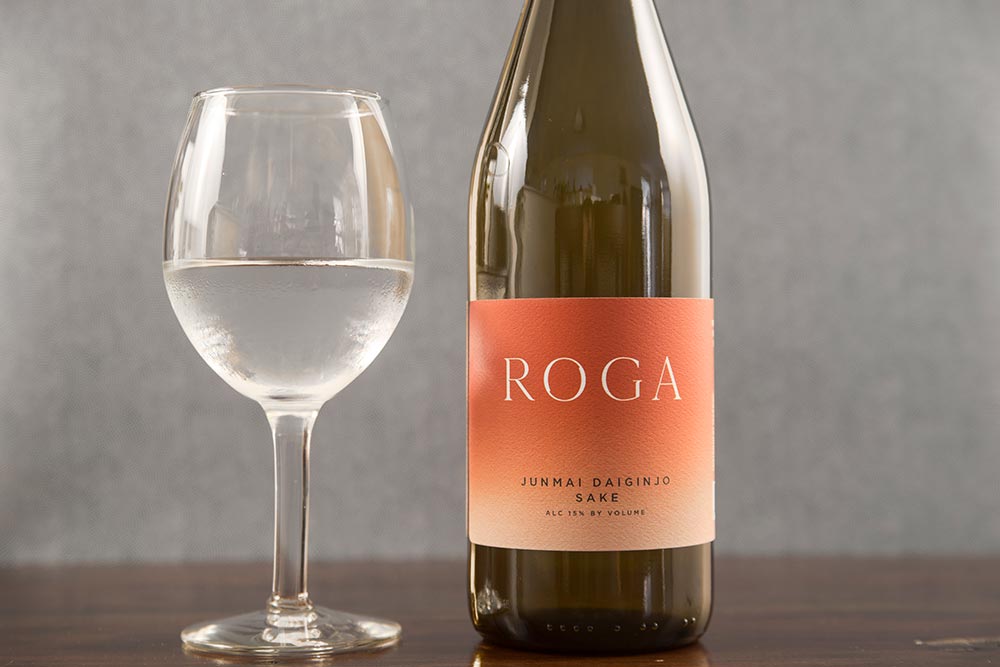
Roga
Junmai Daiginjo
Roga is a relatively new brand from the venerable Yaegaki sake brewery. They launched an L.A. brewery a few years ago and only brew with California-grown yamada nishiki rice. I love this sake’s combination of quality, sustainability, and low price.
Roga Junmai Daiginjo is pretty, vibrant, and soft. It’s fairly dry with notes of green apple, pear, lychee, yuzu curd, peach, wet concrete, and steamed rice. I didn’t expect so much complexity from an American-brewed sake. Roga is a feminine sake and it reminds me a little of viognier. I highly recommend it.
This is a sake to drink chilled. I almost always recommend a wine glass for fruity sake, and for this sake, Yaegaki does as well.
Check out my Roga Junmai Daiginjo review if you’d like to learn more.
Compare prices of Roga Junmai Daiginjo
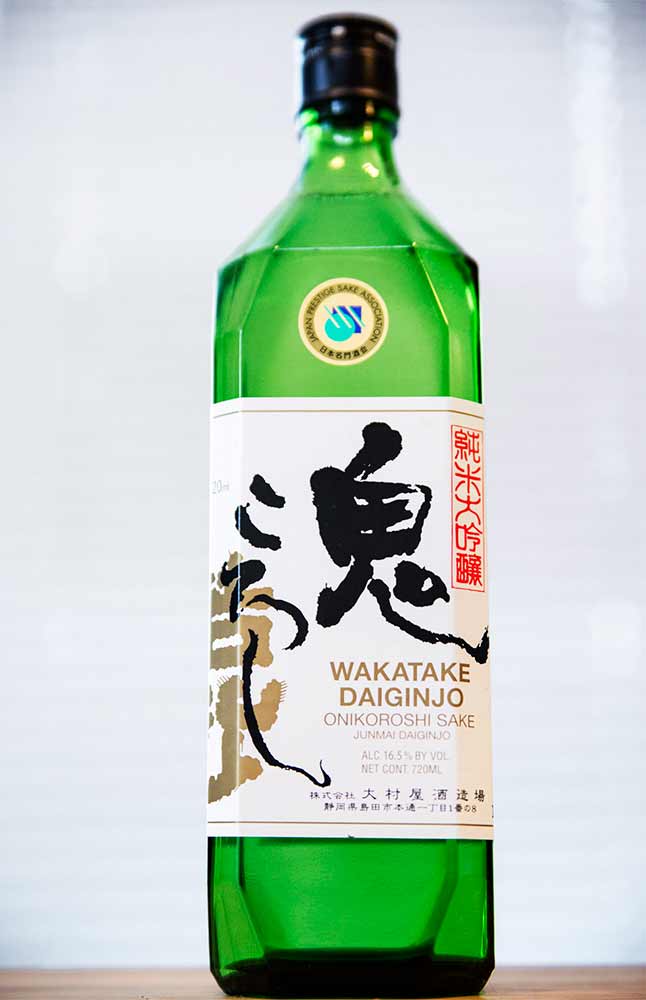
Wakatake “Demon Slayer”
Junmai Daiginjo
“Onikoroshi”
Wakatake Junmai Daiginjo is a juicy sake. Many brewers elect to make their ginjo-shu light and elegant. Wakatake, or Demon Slayer, goes the other way. It’s showy and vibrant. And a lot of people love it.
In the glass, Wakatake is powerfully aromatic. It has a semi-dry taste and a fat texture. Tasting notes include green apple, pear, melon, lime zest, and daphne.
Demon Slayer is best served chilled. I like to drink it in a wine glass, but smaller cups are great to tame this beast’s wild side. I also highly recommend Wakatake as a sashimi pairing.
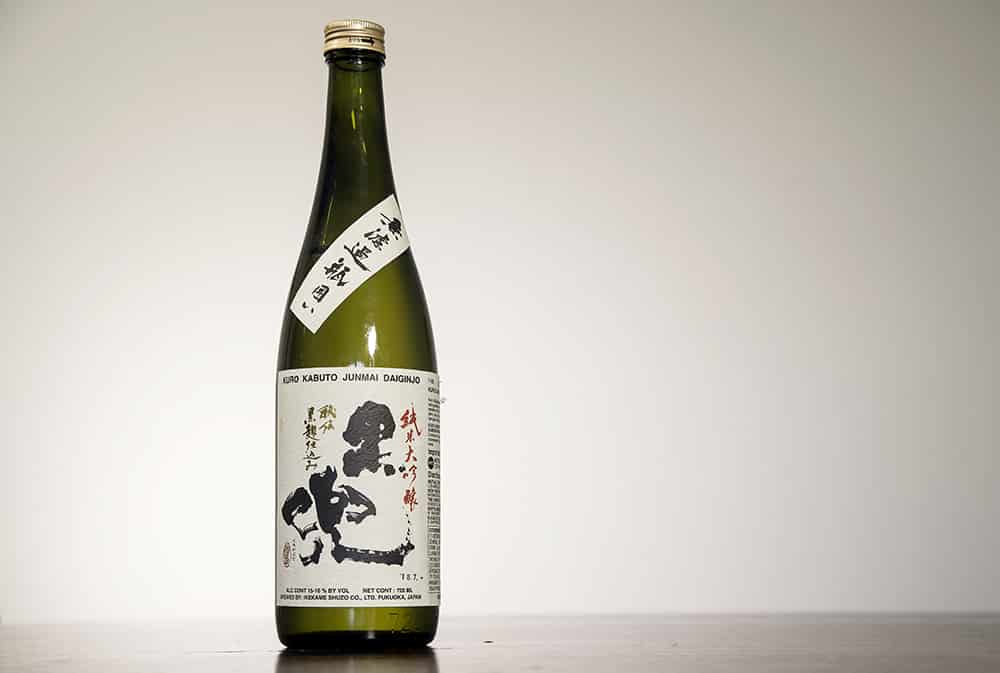
Kuro Kabuto “Black Helmet”
Junmai Daiginjo Muroka
Kuro Kabuto is possibly the first sake brewed with black koji. And while that’s interesting, it’s not enough to make this list.
It’s the impressively fruity, seductive flavor of Kuro Kabuto that stands out.
Kuro Kabuto is highly floral. Notes include fresh and dried flowers, honey, lemon peel, strawberry, and steamed rice.
The flavor of this Fukuoka sake is rich, off-dry, and tart. Vibrant, fruity flavors dominate. Tasting notes include cherry, raspberry, pear, orange zest, fig, and concrete.
Kuro Kabuto carried me through the best omakase I’ve had. It’s an amazing pairing with sushi.
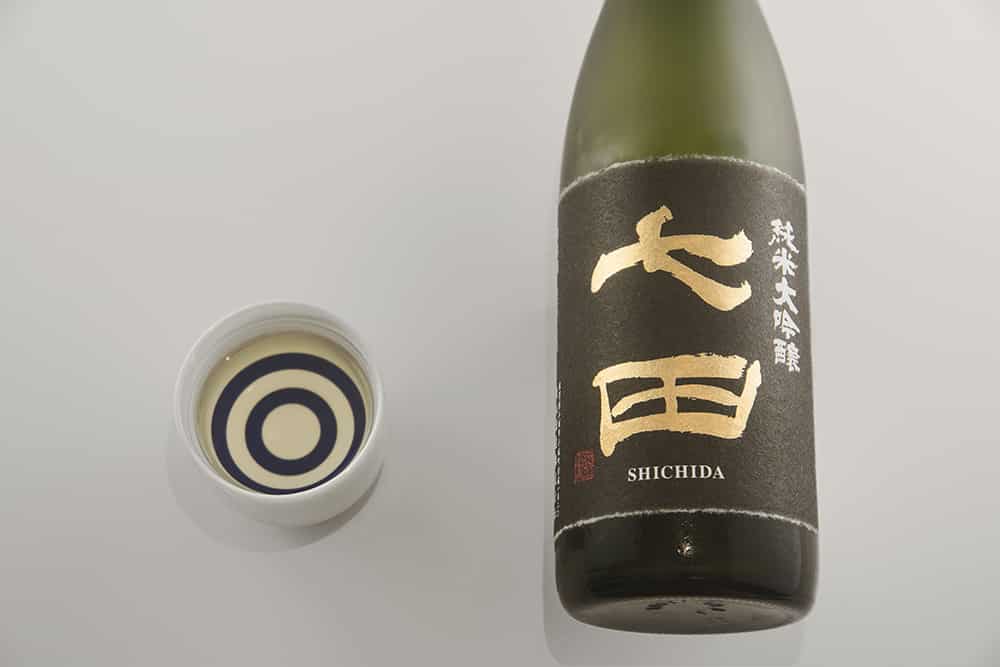
Shichida
Junmai Daiginjo Muroka
Shichida of Saga has a huge following of sake enthusiasts. The brand is known for its rich flavors and velvety textures.
And Shichida Junmai Daiginjo is my favorite sake in their lineup.
It has an impressive and fragrant aroma. There are notes of peppermint, fresh flowers, rosehip, bubblegum, and black licorice.
On the palate, it’s dry and soft. The flavor is rich and explosively fruity. Tasting notes include watermelon, honeydew, orange zest, grapefruit, Meyer lemon, strawberry, and chalk candy.
I’ve tasted this premium junmai daiginjo with a number of friends. And everyone loves it. If you’re into fruity and soft sake, give it a try.
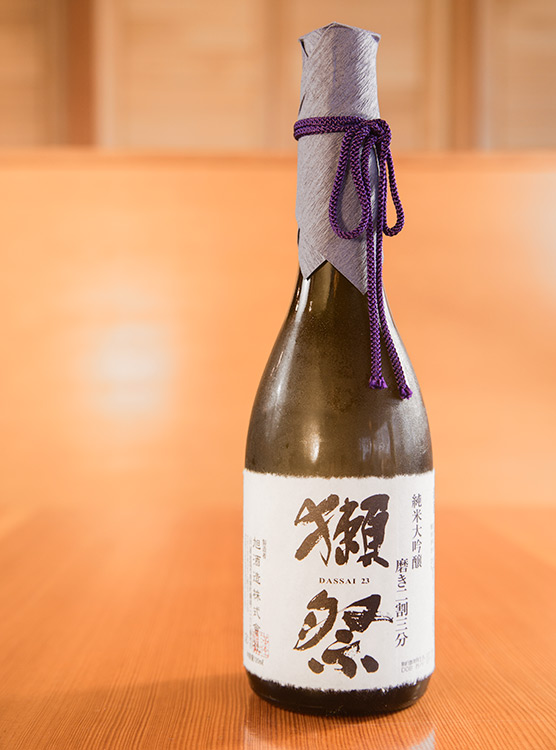
Dassai “23” “Otter Festival”
Junmai Daiginjo
Dassai 23 makes the list due to its extraordinary popularity. No brewery is as famous for fruity, smooth sake as Asahi Shuzo. In fact, they only make junmai daiginjo sake, and “23” is one of their premium products.
That number represents the percentage of rice remaining after milling. That’s some highly polished rice!
And all that polishing is for a reason: Dassai 23 is super-light and smooth. It’s aromatic and fairly dry too. A wide range of fruity and floral notes jump out of the glass.
Dassai 23 is meant to be served chilled. A wine glass is great for highlighting the beautiful aroma. A smaller cup will present this premium sake in a more subdued fashion.
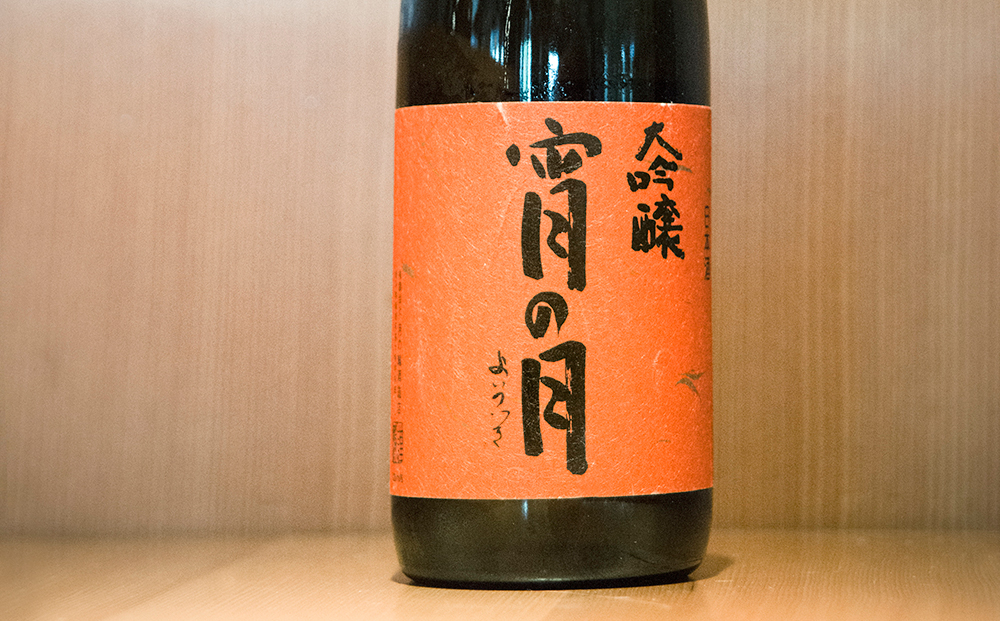
Yoi no Tsuki “Midnight Moon”
Daiginjo
Yoi no Tsuki is a geeky daiginjo. The tiny Iwate brewery that makes it headed by a female brewer. And she takes the unusual and awesome path of distilling her own jozo alcohol and brewing with mochi rice.
Midnight Moon is gorgeous, but it has some interesting earthy elements too. It’s aromatic, soft, and smooth. The flavor is slightly dry and compact. Tasting notes include raspberry, melon, fresh and dried flowers, wet concrete, and sour rice.
This daiginjo is fantastic when served chilled. As always, a wine glass will showcase the aroma better, whereas a smaller, traditional cup will make for a sweeter, lighter tasting experience.
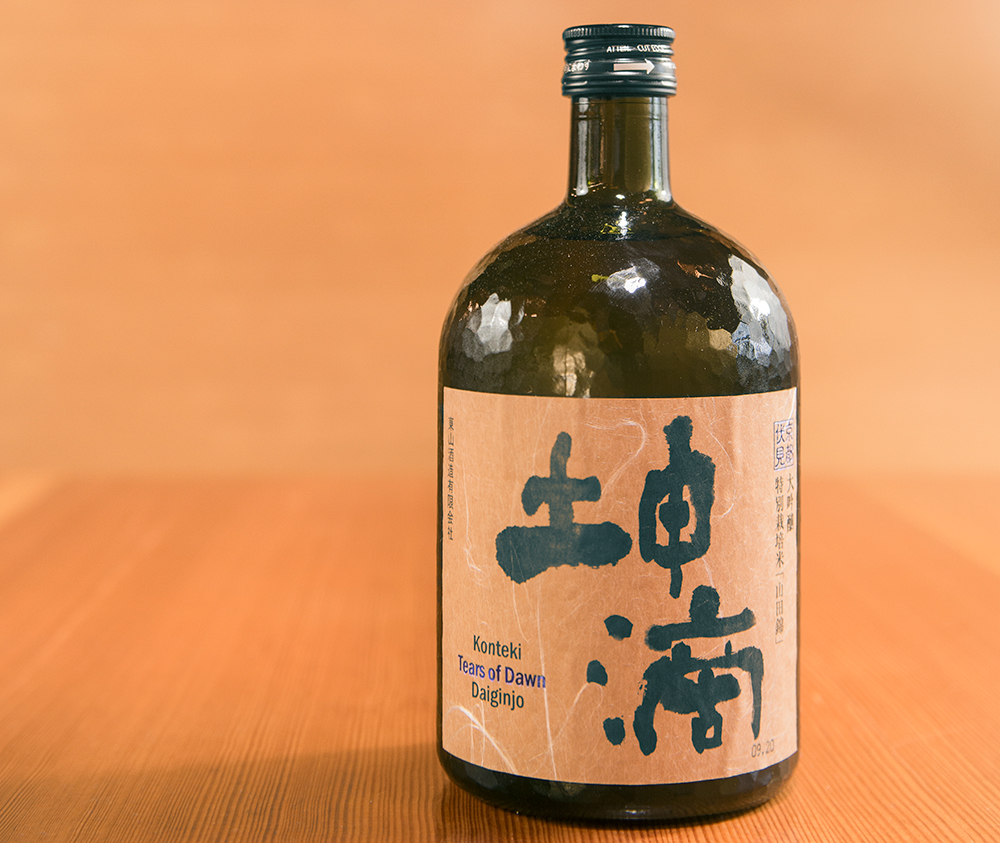
Konteki “Tears of Dawn”
Daiginjo
Konteki Daiginjo is a Fushimi, Kyoto classic. It’s made for a sushi omakase and has a devoted following.
This is a textbook Fushimi sake: fruity, floral, soft, and smooth. Konteki is fairly aromatic. And on the palate, it’s slightly dry and clean. Tasting notes include mango, banana, apple, fresh flowers, and anise.
Like most daiginjo sake, Tears of Dawn shows best with a mild chill. White wine glasses are great for making the most of the pretty bouquet. As mentioned, sushi and Konteki are a great match–especially nigiri.
Cloudy Sake Brands: Nigori
Nigori, or cloudy sake, is probably the most popular subcategory of sake. Nigori can be any grade: junmai ginjo nigori, honjozo nigori, etc.
Many people call nigori unfiltered, though that’s technically inaccurate. They are either course-filtered or completely filtered, then sake kasu is placed back into the sake. The more kasu, the cloudier the nigori.
As a general guideline, most cloudy sake are best served chilled.
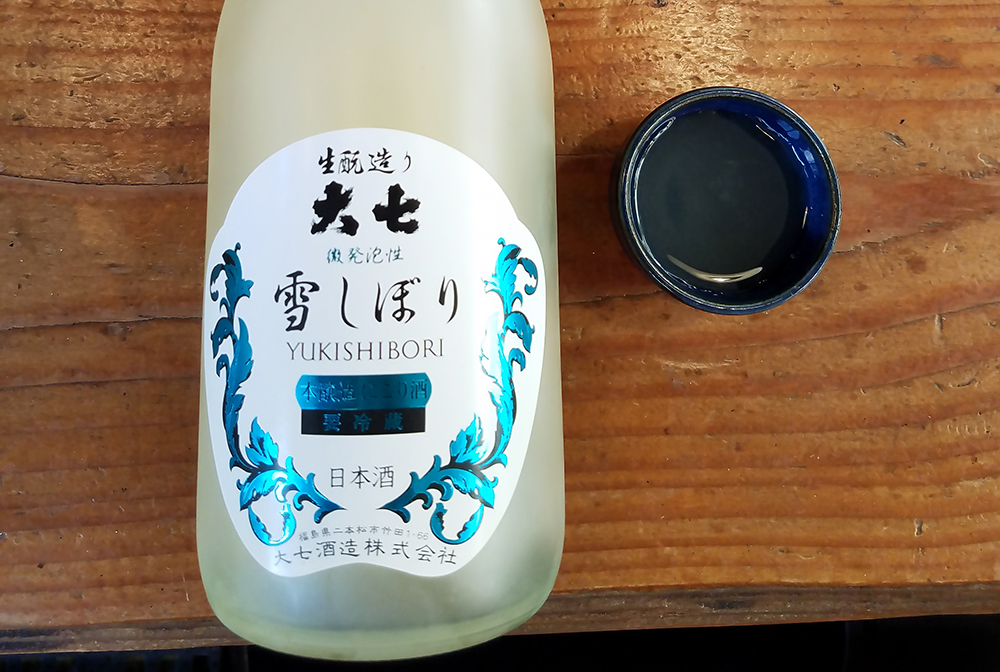
Daishichi
Honjozo Nigori
“Yukishibori”
Daishichi is a legendary sake brand from Fukushima. They are considered the kings of kimoto sake. This laborious, old-school brewing technique is the only way they make sake. And the result are products with lively, sour, and complex profiles.
Yukishibori is unpasteurized (namazake) AND brewed with the kimoto method. This is a recipe for vibrancy. This is not a beginner nigori: it’s dry, sour, and effervescent. But if you’re tired of sweet and ricey cloudy sake, this is a giant leap forward in complexity.
Tasting notes include sushi rice, honeysuckle, green apple, melon, chalk candy, and mineral.
Daisichi Yukishibori tastes best with a slight chill. Small cups like ochoko will tame some of its wild edges. Wine glasses work great if you want to experience this sake head-on.
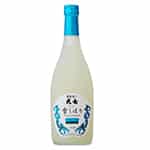
Compare prices of Daishichi “Yukishibori”
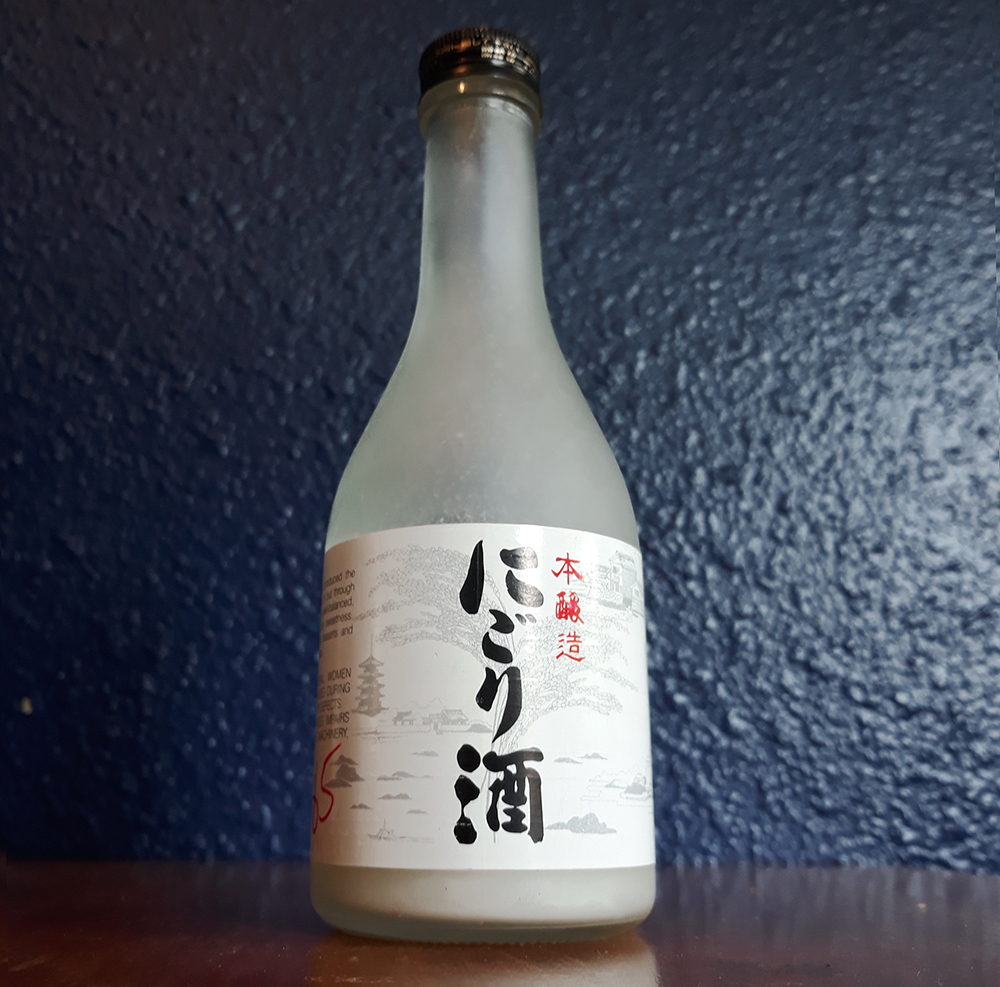
Miyashita “Sacred Mist”
Honjozo Nigori
Miyashita is a fun nigori that’s easy to love but also fairly complex. This Okayama brewery makes a variety of alcoholic beverages, including the famous Doppo beer brand. But of everything I’ve tasted, Sacred Mist is my favorite.
And that comes down to one thing: complexity. A lot of nigori are one-dimensional. Miyashita has that classic ricey-sweetness but is also lactic, floral, tropical, and sour.
Sacred mist is best served chilled. It makes a great pairing with Americanized mochi ice cream.
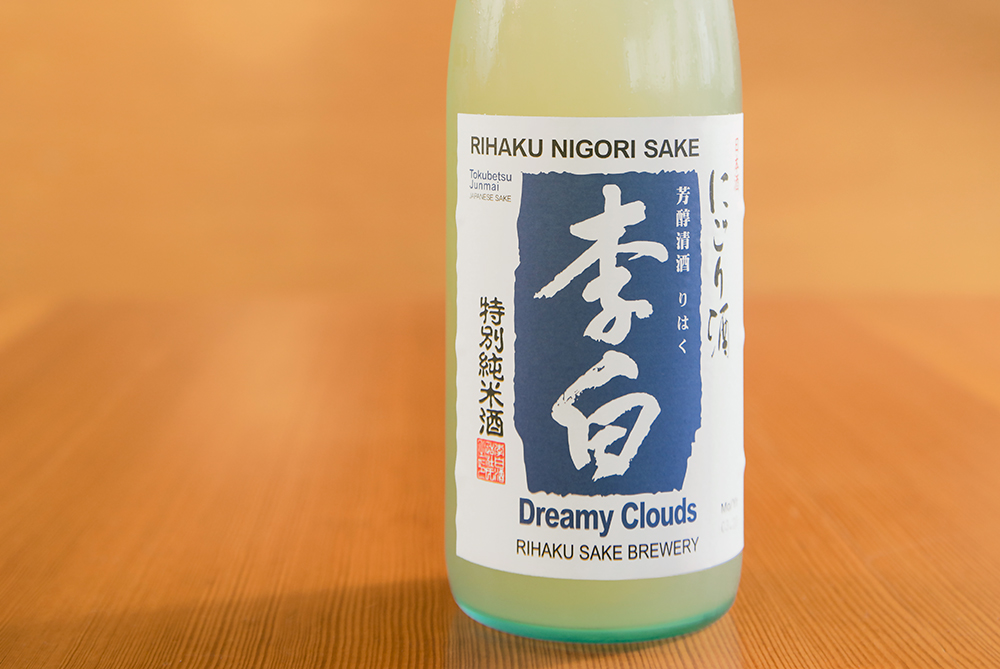
Rihaku “Dreamy Clouds”
Tokubetsu Junmai Nigori
Rihaku Dreamy Clouds is an usu-nigori, which is a lighter, less cloudy style. This is another serious sake masquerading as a nigori.
Dreamy Clouds is firm, nutty, fruity, and elegant. It has a mellow aroma and a slightly dry taste. Tasting notes include green apple, melon, lemon zest, fresh flowers, cashew, steamed rice, and kabocha.
Definitely serve Rihaku chilled. It looks great in a traditional cup, but I prefer this usu-nigori in stemware.
Take a look at my Rihaku Dreamy Clouds review to learn more about this wonderful sake.
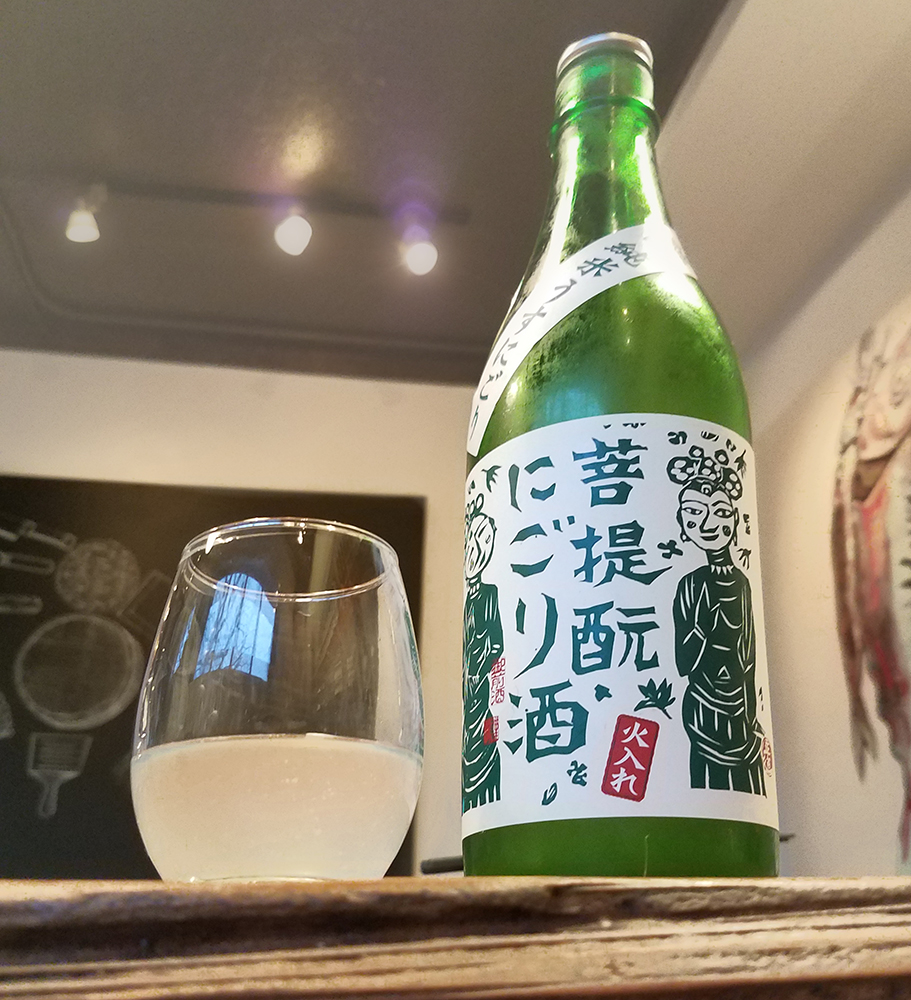
Gozenshu “Nigori of the Ancients”
Junmai Bodaimoto Nigori
Gozenshu is a cool sake brand made by Tsuji Honten of Okayama. They make some really good sake, including a number of super old-school bodaimoto brews. This ancient style of mash starter has mostly died out. The ones that do exist tend to be wild and funky. Yet Gozenshu bodaimoto is somehow elegant and clean.
The use of local omachi rice is icing on the cake.
This junmai usu-nigori is lively, powerful, slightly sweet, and sour. It has a ton of fruity notes like underripe melon, green apple, pear, and lime zest. It also has aromas and flavors like fresh flowers, chalk candy, sushi rice, and mineral. There’s so much complexity!
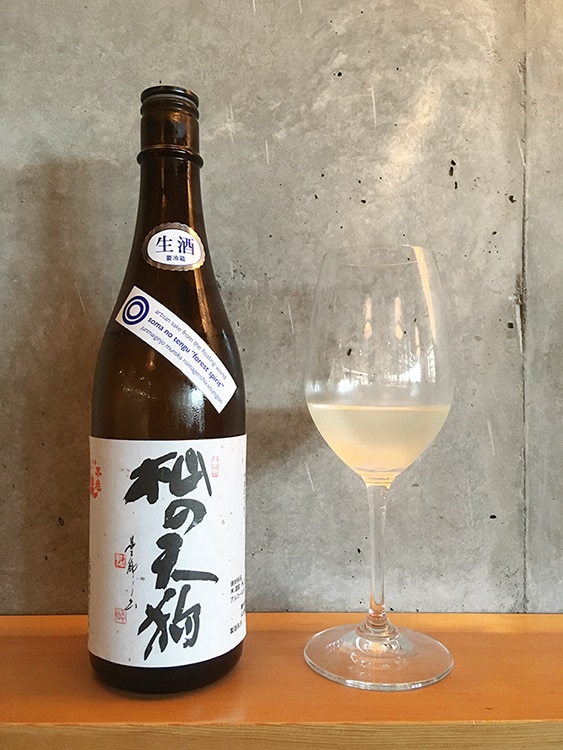
Soma no Tengu “Forest Spirit”
Junmai Ginjo Nigori
Soma no Tengu is not a typical nigori. It’s very dry and only slightly cloudy. And because it’s a nama muroka genshu, it’s intense!
This usu-nigori has a pale, silvery-white appearance. The aroma is a mix of fruity and lactic notes. Sour rice, coconut milk, fresh flowers, cucumber, almond, and banana notes are an interesting mix.
Forest Spirit is a tart and dry sake. It has a vibrant flavor with pineapple, grapefruit, lemon curd, yogurt, and green apple notes.
Fans of sweet and creamy nigori should look elsewhere. But if you’re looking for something dry, incredibly complex, and unique, give Soma no Tengu a try.
Intense Sake: Nama, “Natural Sake”
This section features sake with above-average intensity. It could be subdivided into two categories: unpasteurized namazake and funky natural sake.
Namazake, or nama, hasn’t been pasteurized unlike the vast majority of sake. This makes it less shelf-stable, but also much more vibrant. A lot of breweries release nama in the spring at the end of the brewing season. These seasonal sake are bold and acidic. Some breweries make these year-round. I include both types below.
Natural sake isn’t a term I like to use. But it beats “sake brewed with native fermentation,” which is bulky and vague. Most sake are brewed with specific strains of sake yeast. They’re very easy to use and produce sake with a predictable flavor profile. Spontaneous fermentation with ambient yeast is rarely attempted because sake spoils too easily.
But breweries that successfully brew with ambient use produce powerful, funky, and rich sake.
Shichi Hon Yari Junmai Namazake
Every year I eagerly await the arrival of this spring nama. And so do many other sake enthusiasts and professionals. This is the unpasteurized version of Shichi Hon Yari’s legendary junmai. It’s also a shiboritate genshu, which means it’s bottled right after pressing and without water dilution.
Shichi Hon Yari Junmai Namazake is intense and wine-like. It has a modest aromatic intensity and a bold, acidic taste. Notes include green apple, watermelon, banana, honey, wet concrete, steamed rice, and dried shiitake. The finish is long and bitter.
Namazake is a style of sake to drink cold or chilled.
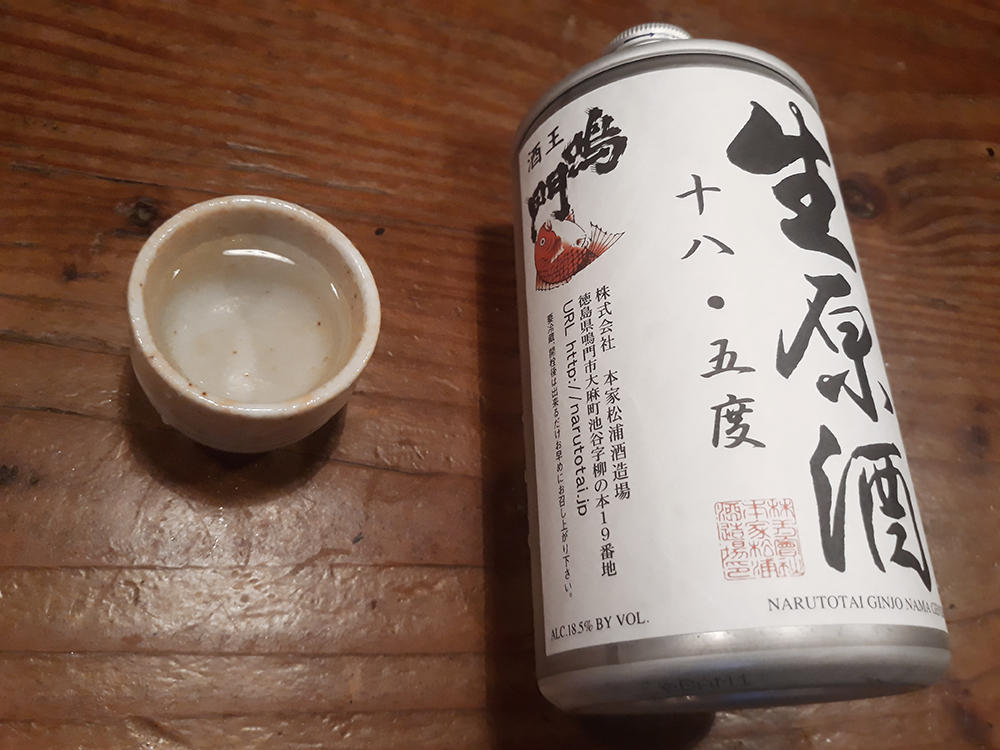
Narutotai “Drunken Snapper”
Ginjo Namazake
Narutotai is a year-round namazake that packs a punch. Its metal packaging looks like a sake tank and if you drink too much you might feel like you fell in one. The reason for this is that this genshu sake comes in at 18.5% ABV.
This is a boozy sake.
If you look deeper, there’s also a great deal of complexity. Drunken Snapper is fragrant, fruity, fat, and floral. It is also dry and very fresh. Tasting notes include melon, lemon peel, fresh flowers, sour rice, and perfume.
Narutotai is best served cold or chilled. If you find it too intense, a small ochoko is a cup that can take some of the edge off. You can also serve Drunken Snapper on the rocks.
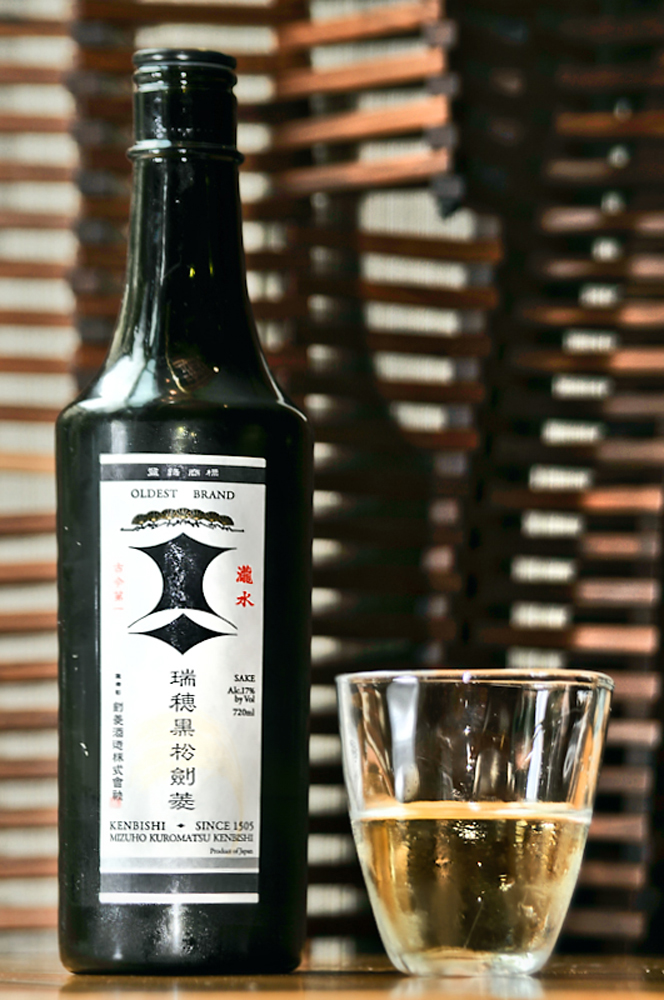
Kenbishi “Mizuho” Junmai
Junmai
“Mizuho”
Kenbishi Mizuho is a junmai yamahai that undergoes native yeast fermentation. It’s then aged for between five and eight before it’s finally blended. All this leads to immense umami.
Mizuho is a rich and powerful sake. It’s very aromatic, slightly sweet, big-bodied, and acidic. Tasting notes include chestnut, toasted pineapple, roasted plantain, honey, milk chocolate, peanut, kombu, salty cheese, and sour cream. Dry Sherry fans will also notice a flor-like quality on the nose.
I love this sake. And I’ve also found many people that don’t. Kenbishi Mizuho is not for everyone.
Grilled fatty steak and Kenbishi are an amazing pairing combination. It’s also delicious with grilled mackerel and hotpots.
I prefer to drink this sake chilled or at room temperature. But it can be served warm, as well.
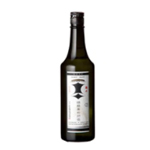
Compare prices of Kenbishi Junmai “Mizuho”
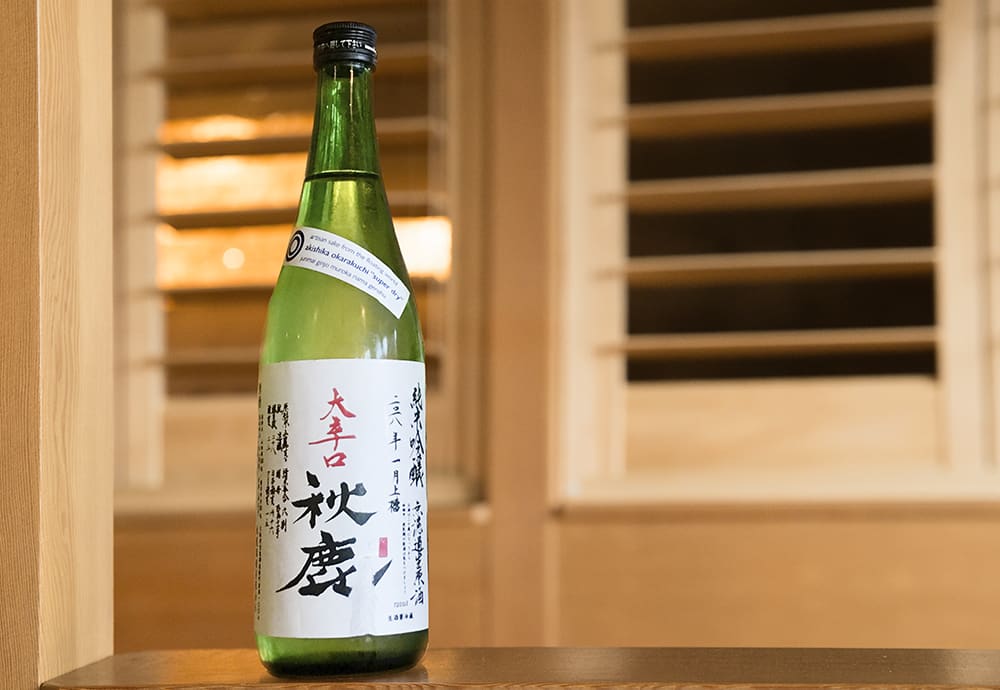
Akishika
Junmai Ginjo Nama Okarakuchi
Akishika is perhaps best well-known for its Bambi Cup. But among sake geeks, the brewery’s edgy, bold, and complex nama muroka genshu has made it an industry icon.
Akishika has hints of fresh flowers, green apple, yogurt, honey, almond, and steamed rice on the nose.
The flavor of Akishika is unforgettable. It’s intense, bone-dry, and super bright. Tasting notes include chocolate, shiitake, lychee, honeydew, and wet concrete.
And at 18% ABV, this sake packs a punch!
Don’t pass on the chance to try Akishika sake. This extra dry nama is one of several legendary sake from the Osaka cult brewery.
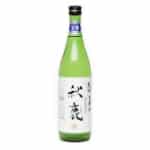
Compare prices of Akishika Junmai Ginjo Nama Okarakuchi
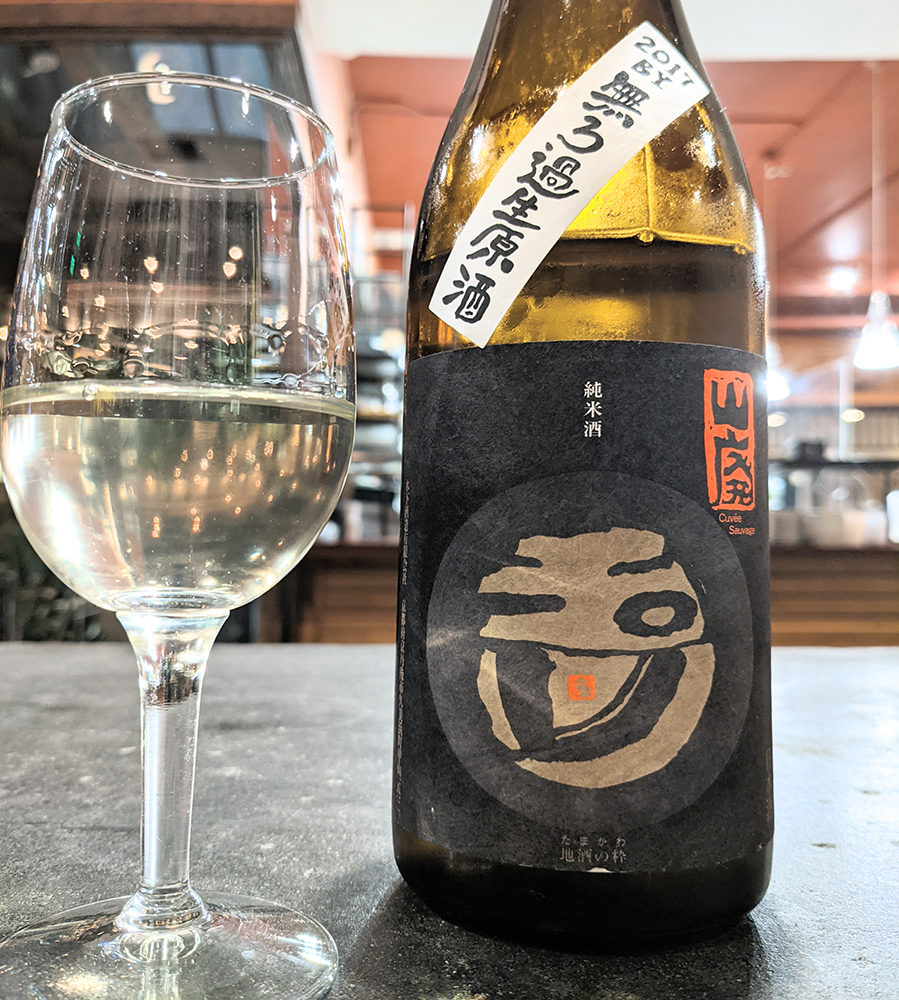
Tamagawa “Red Label”
Junmai
Tamagawa Red Label is cut from the same cloth as Kenbishi Mizuho. It uses ambient yeast for fermentation, has some age, and is a yamahai genshu. Red label is also unpasteurized and unfiltered. This all leads to a sake umami bomb.
Tamagawa is brewed by famed sake expert Philip Harper. He is the first foreign-born person to become a head sake brewer (toji).
Flavors from Tamagawa include shiitake, wet concrete, chocolate, honey, almond, sour rice, dried flowers, marshmallow, and nougat. Tamagawa Red Label is dry and acidic with a huge body. It’s bottled at an astonishing 20-21% ABV!
Meaty dishes like steak and BBQ are good matches with Red Label. And this sake can be served at any temperature: from cold to hot. Serving Tamagawa on the rocks is also acceptable.
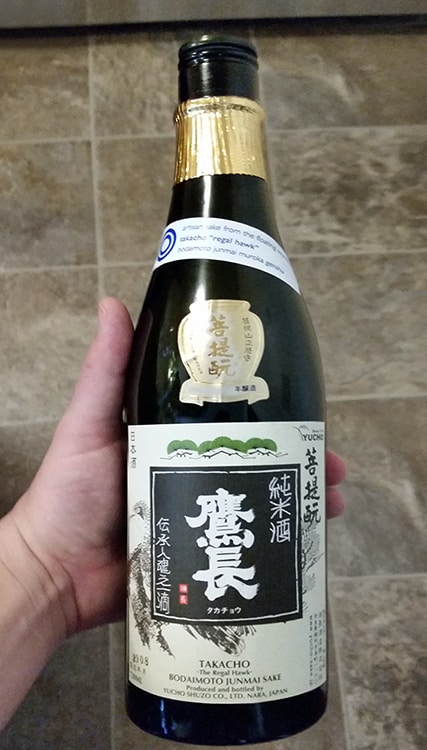
Takacho “The Regal Hawk”
Junmai Bodaimoto
It doesn’t get much wilder and old-school than Takacho. It’s brewed with the ancient bodaimoto method AND is a nama muroka genshu – so it’s not for everyone.
Takacho has a hazy appearance and a moderately intense aroma. There are notes of fresh flowers, sour rice, passion fruit, and white chocolate.
On the palate, Takacho is sour, high-acid sake! Balancing the acidity is a honeyed sweetness. It’s not subtle either – it’s as bold as sake gets.
Tasting notes include yeast, sour grains, lemon curd, honeydew, and green apple.
Takacho is for hard-core enthusiasts, not beginners. But if you’re looking for something funky, complex, and unique, look no further.
Sparkling Sake Brands
Sake can have bubbles and takes several forms. Usually, sparkling sake is sweeter and less acidic than sparkling wines.
The majority are light and sweet with soda-like bubbles. They remind me of the sake equivalent to Moscato d’Asti.
A handful of more serious examples exist too. They’re usually more like Prosecco than Champagne. These will have finer bubbles, a bit of sweetness, and a medium body.
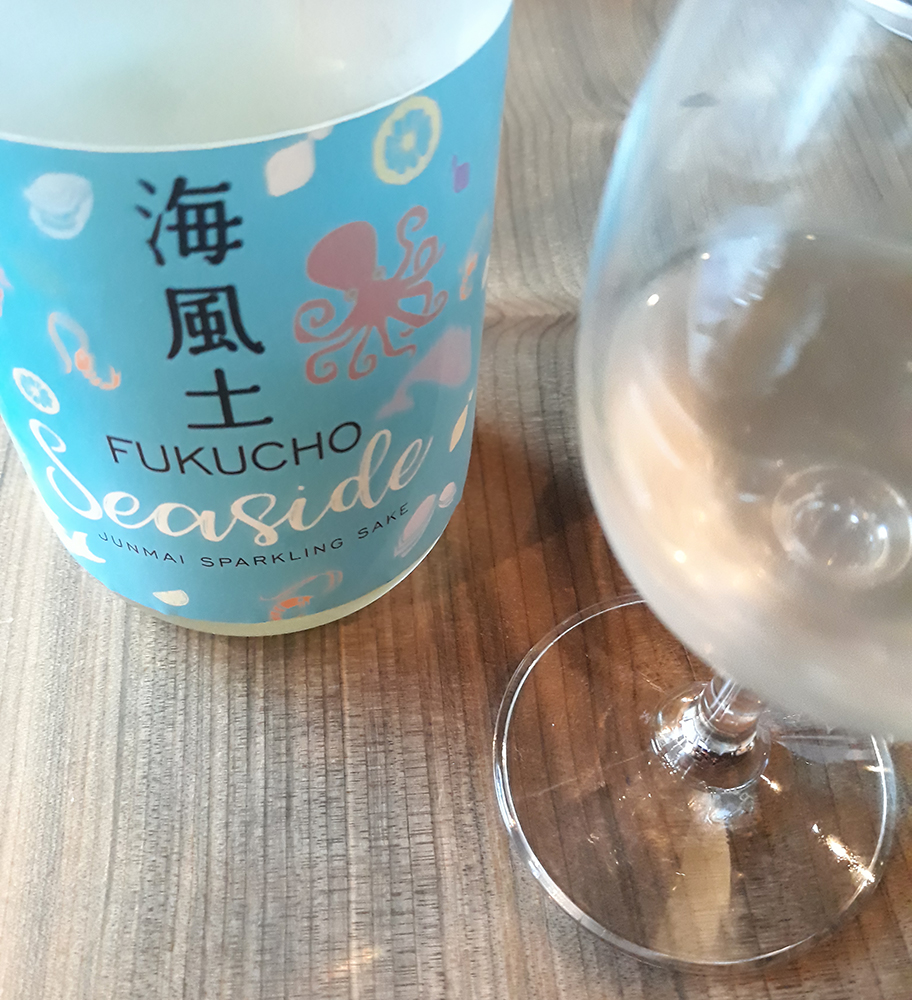
Fukucho “Seaside”
Junmai Sparkling
Fukucho Seaside is unique sparkling sake from an innovative Hiroshima brewery. White koji is used for an acidic and citrusy profile. And the secondary fermentation happens in the bottle, leading to finer bubbles.
Seaside is playful sake with a fragrant aroma, a sweet taste, and a sour finish. Tasting notes include yogurt, cheese, lemon-lime soda, lemon zest, green apple, and brine.
This sake is best served chilled and in stemware. It’s great in a flute but will seem sweeter. I prefer a larger white wine glass for this reason.
Serve Seaside with shellfish!
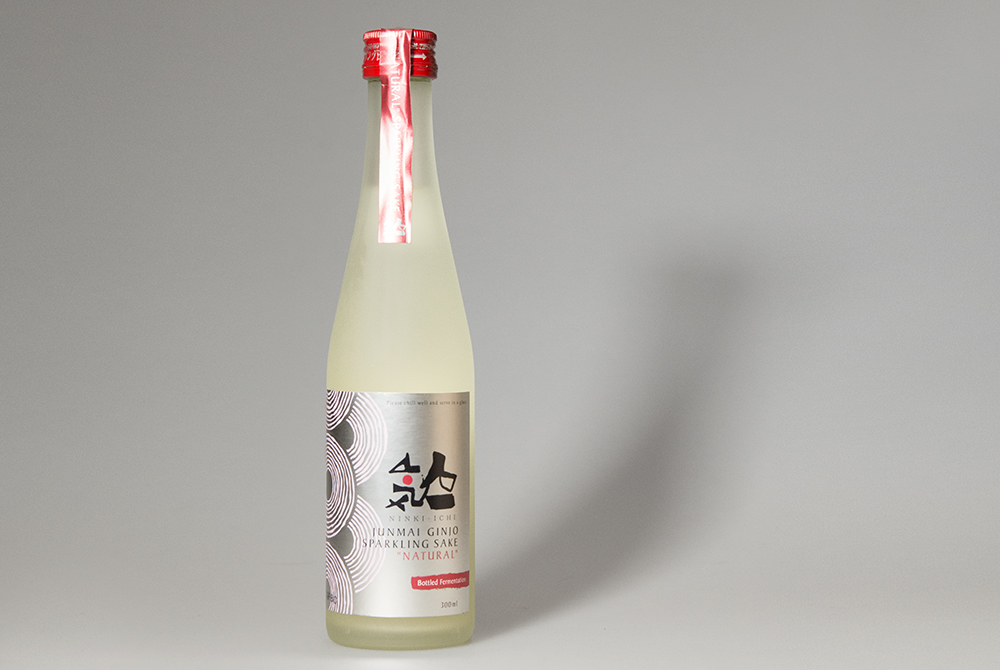
Ninki Ichi “Natural”
Junmai Ginjo Sparkling
Ninki Ichi sparkling is a classic sparkling sake. The bubbles come from a secondary fermentation in-bottle, not forced carbonation. And it’s aromatic, light, sweet, and sour.
The aroma is an eclectic mix of steamed rice, yogurt, lemon zest, pear, and white chocolate. And Ninki Ichi has a juicy and tart taste.
The fine bubbles and sweetness remind me a little of Moscato d’Asti. And tasting notes include green grape, green apple, lemon peel, red cherry, ume, and radish.
Ninki Ichi is a playful and pretty sake. It’s a great way to start or finish a meal. And it’s also a delicious base for sparkling sake cocktails.
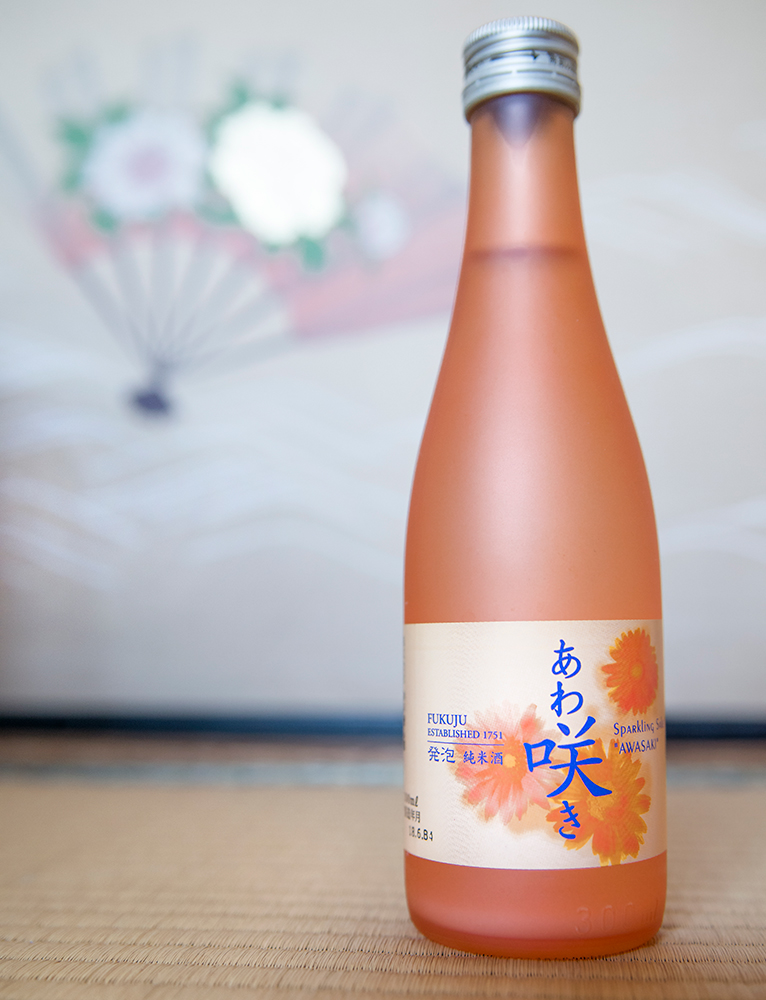
Fukuju
Junmai
“Awasaki”
This is a personal favorite sake of mine. But you’ll have to go to Japan to get it.
Fukuju Awasaki is just gorgeous. It’s fragrant, peachy, citrusy, floral, and soft. Awasaki also has a mild sweetness and a refreshing acidity.
One astonishing fact about this sparkling sake is that it’s a variation of their Mikakego Junmai. They simply tweak the latter part of the fermentation and then add a secondary fermentation in-bottle. Yet these two awesome sake are quite different.
Compare prices of Fukuju “Awasaki”
Other Styles: Taru Sake, Koshu
This section is just a catch-all for other interesting styles. For now, it’s limited to cedar-aged sake (taru) and aged sake (koshu). Eventually, I’ll add a few other styles and brands.
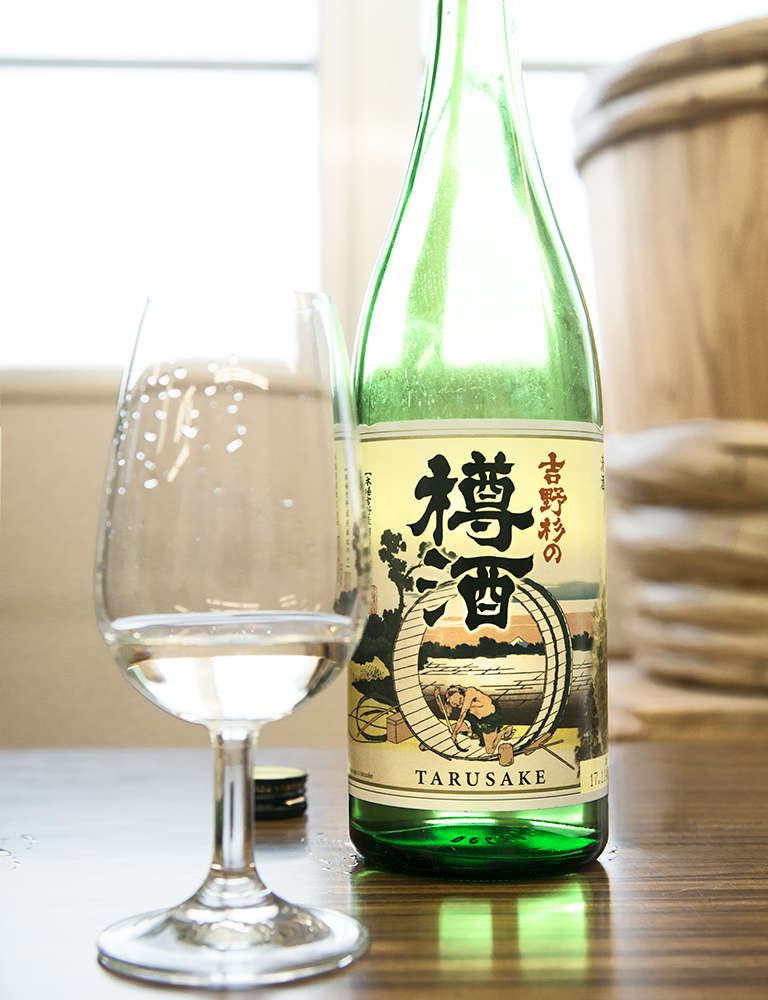
Choryo “Cedar Country”
Futsushu
“Yoshinosugi no Taru”
Choyro is the king of taruzake. Cedar-aged sake used to be the norm, but quickly fell out of favor after temperature control and stainless steel became widely available. Taruzake faded from existence for some time, but Choryo revived it.
They use local Yoshino cedar, cooper the barrels in-house, and only use the best part of the wood. In the end, they produce elegant taruzake that’s a pleasure to drink.
Yoshinosugi no Taru is aromatic, spicy, and floral. It’s also slightly dry and very soft. Tasting notes include sour rice, fresh flowers (lots of them), potpourri, cocoa, almond, mushroom, and cedar.
This sake can be enjoyed either chilled or warm.
Take a look at my Choryo Yoshinosugi review to learn more about this famous sake and the brewery that makes it.
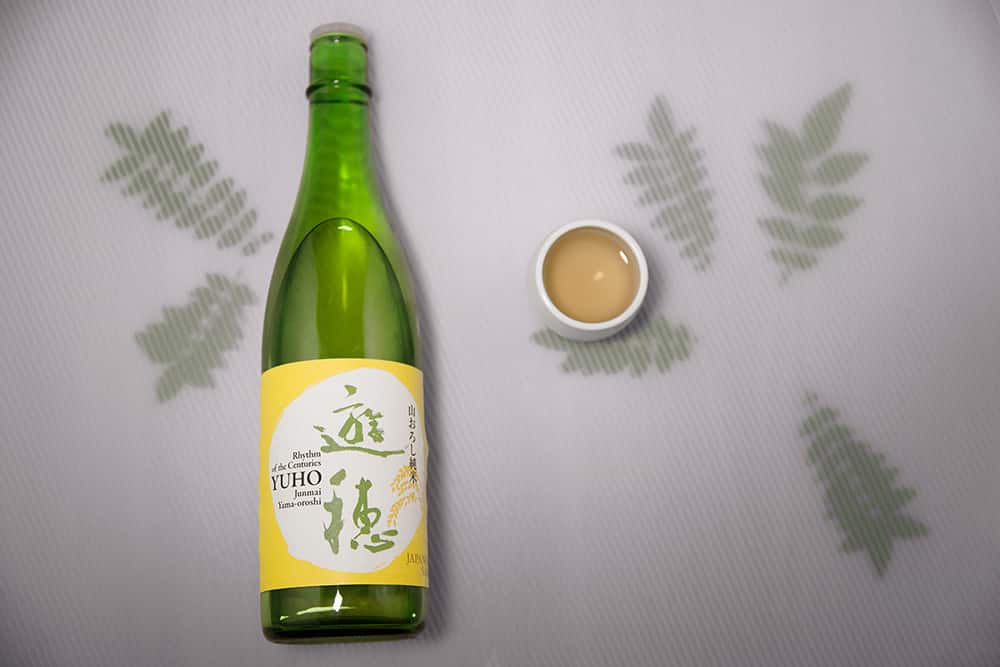
Yuho “Rythm of the Centuries”
Junmai Kimoto Koshu
Yuho is an old-school sake. It’s brewed in the kimoto style and aged four years (koshu). And this gives it rich umami, complexity, and lactic acidity.
A yellow-gold color is the first clue that this sake is savory. The aroma mixes caramel, saltwater taffy, banana foster, dried peach, green grape, flowers, and milk chocolate.
With all the sweet notes on the nose, it’s logical to expect a sweet flavor. But this isn’t the case.
Rhythm of the Centuries is dry with a fresh, long finish. Tasting notes include brown rice, sour white rice, almond, and lemon zest.
Enjoy this age-worthy sake chilled or warm.
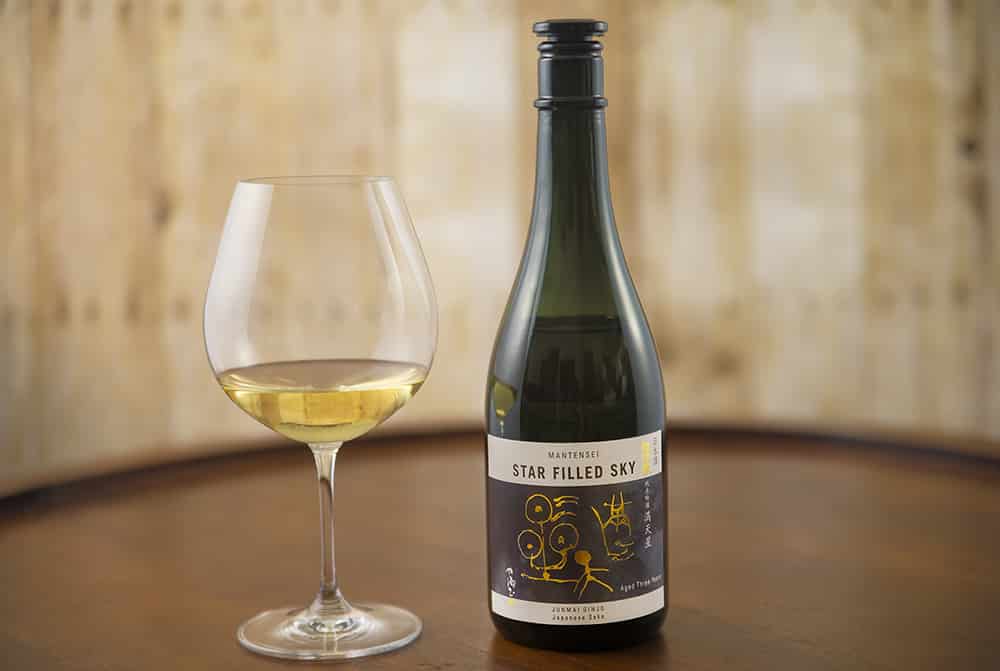
Mantensei “Star Filled Sky”
Junmai Ginjo Koshu
Mantensei is another golden-hued koshu sake.
It’s more aromatic than Yuho, but they share an umami-forward profile. Aromas of cashew and almond dominate the nose. And other notes include white miso paste, golden apple, honey, milk chocolate, and wet concrete.
Mantensei is a dry sake with a tart finish and a round texture. A nutty flavor also includes chestnut, pear, and golden raisin.
One of my favorite sake Mantensei is nearly unrivaled in complexity and sophistication.
This is also one of the best hot sake of all time.
What do You Think?
Everyone has an opinion and I’d love to hear yours! Did I leave any sake brands out? Share your thoughts by commenting below.
I’ve also built an entire post just for your thoughts on sake brands and flavor profiles. Check it out and tell the world what you like.
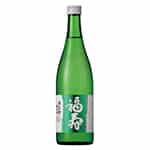
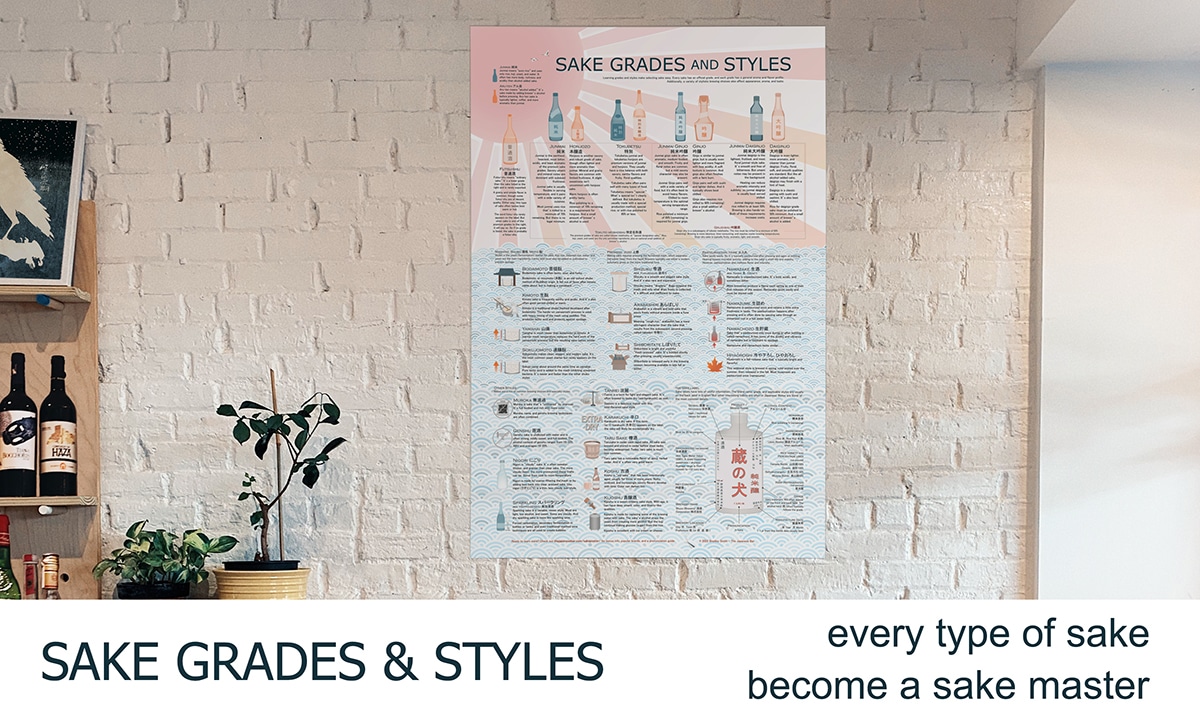
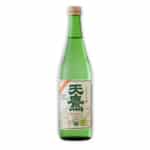
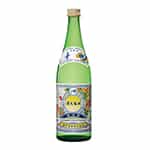
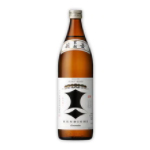
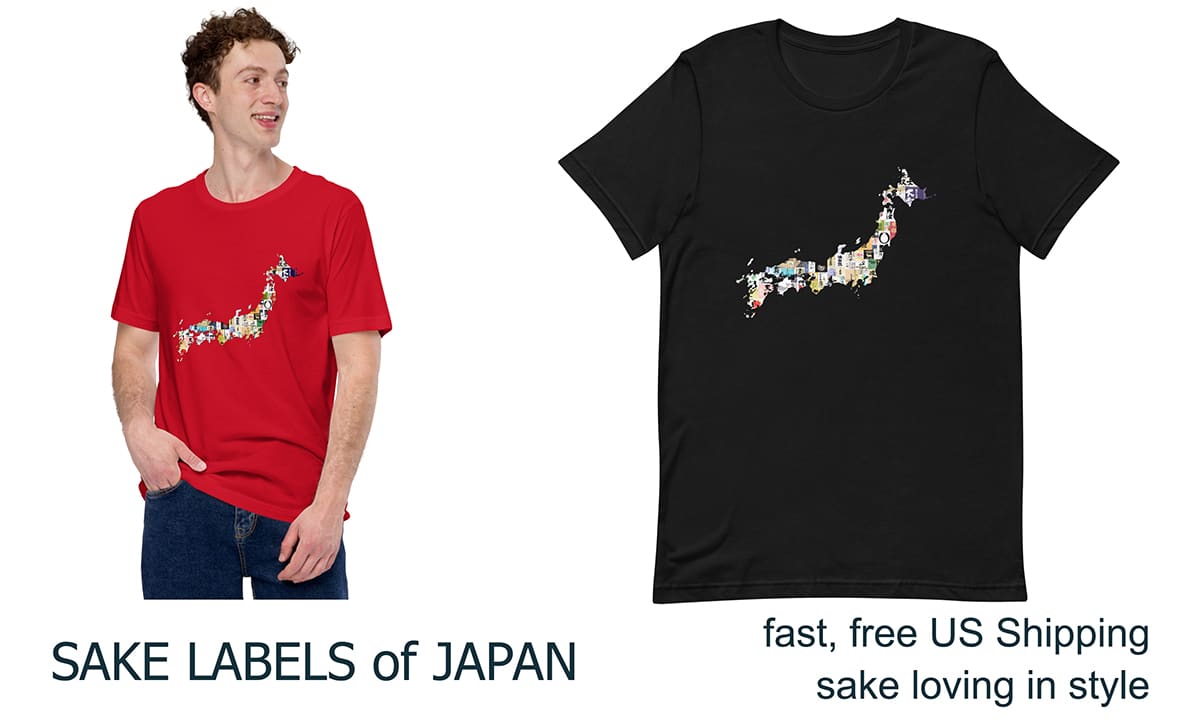
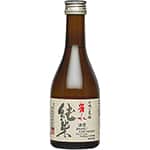
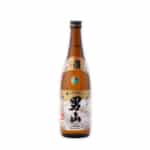
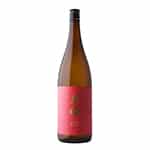
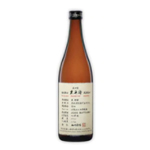
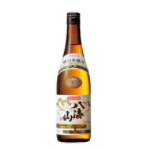
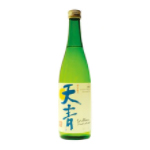
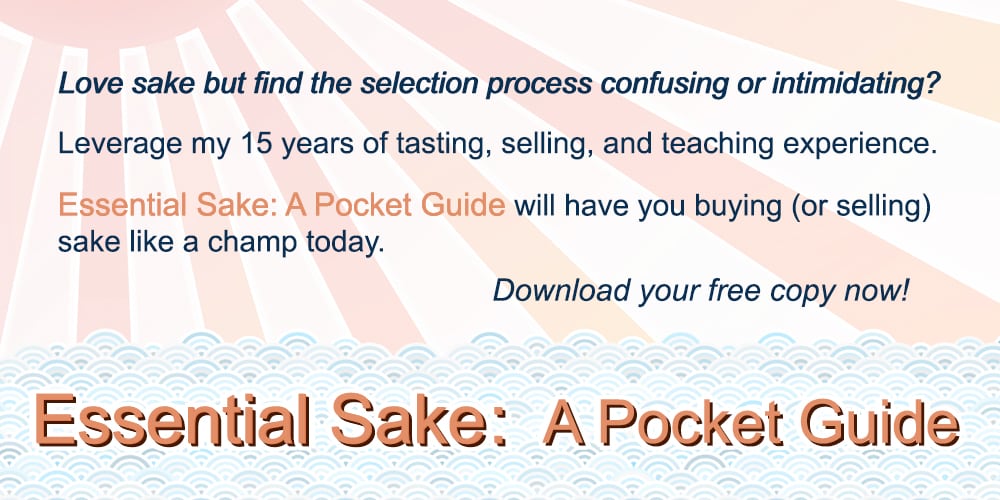
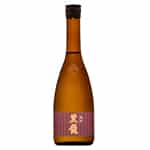
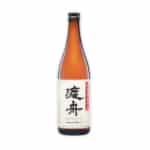
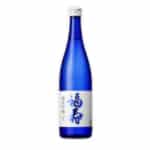
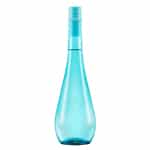
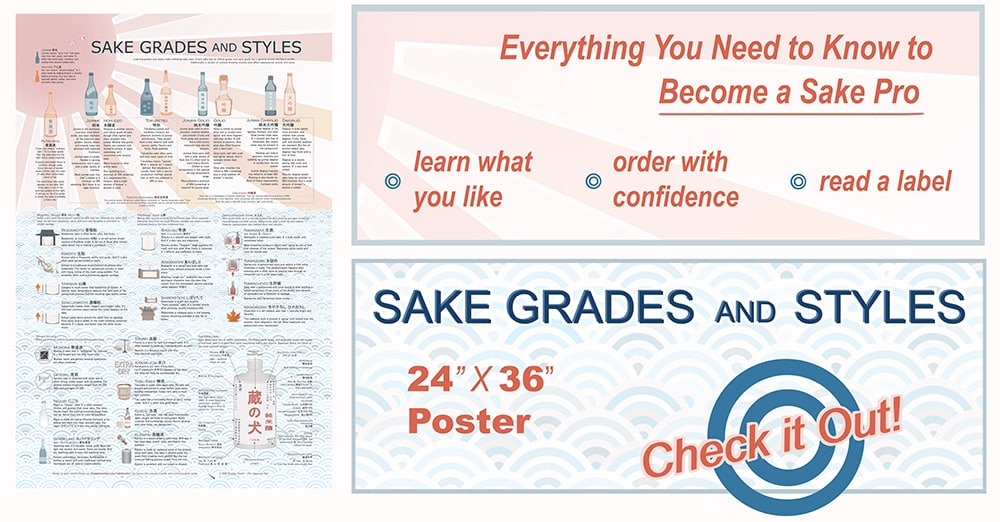
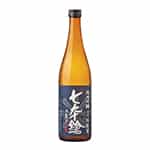

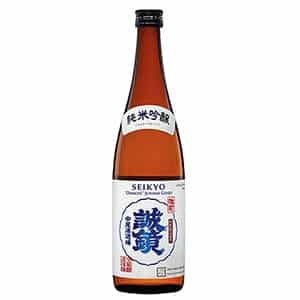
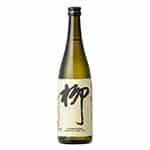
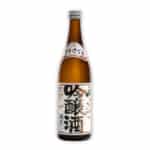
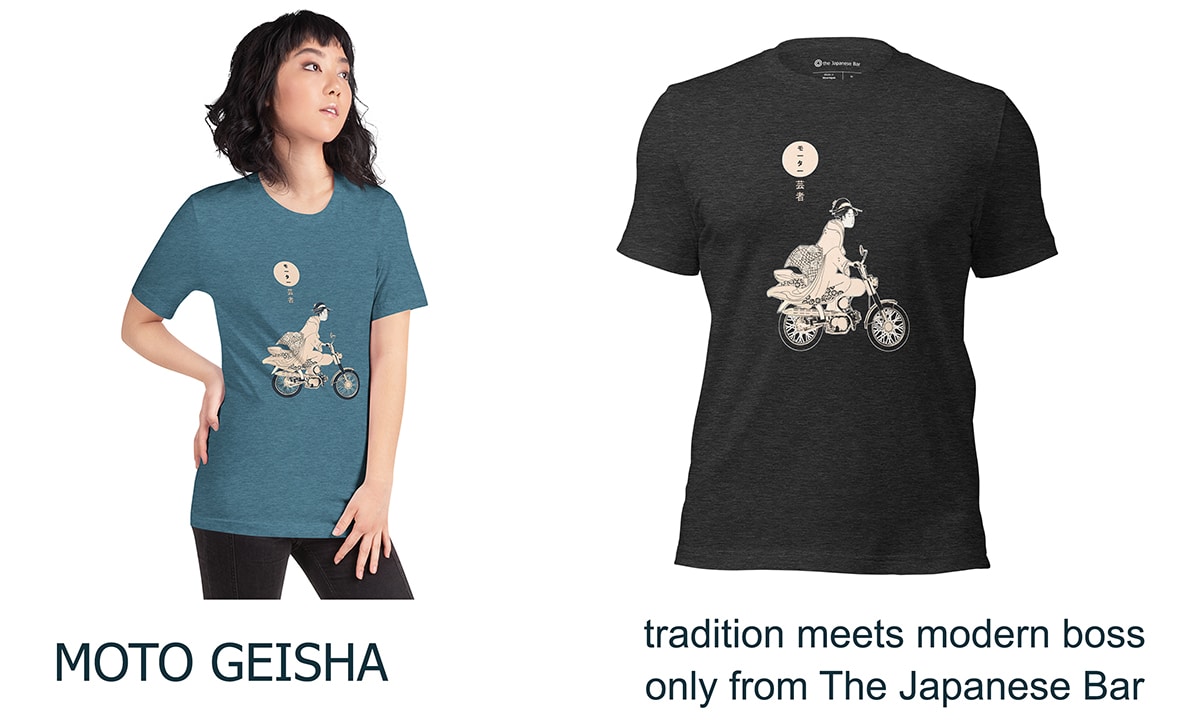
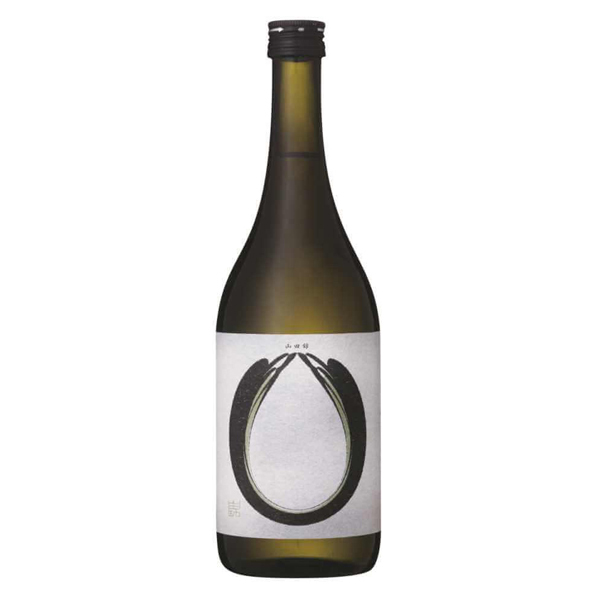
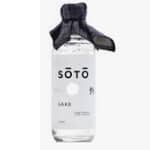
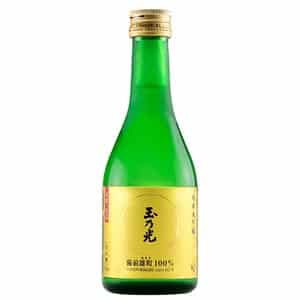
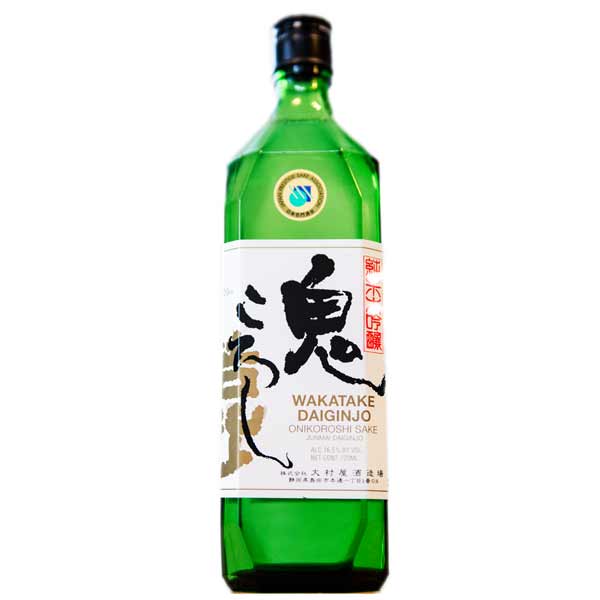
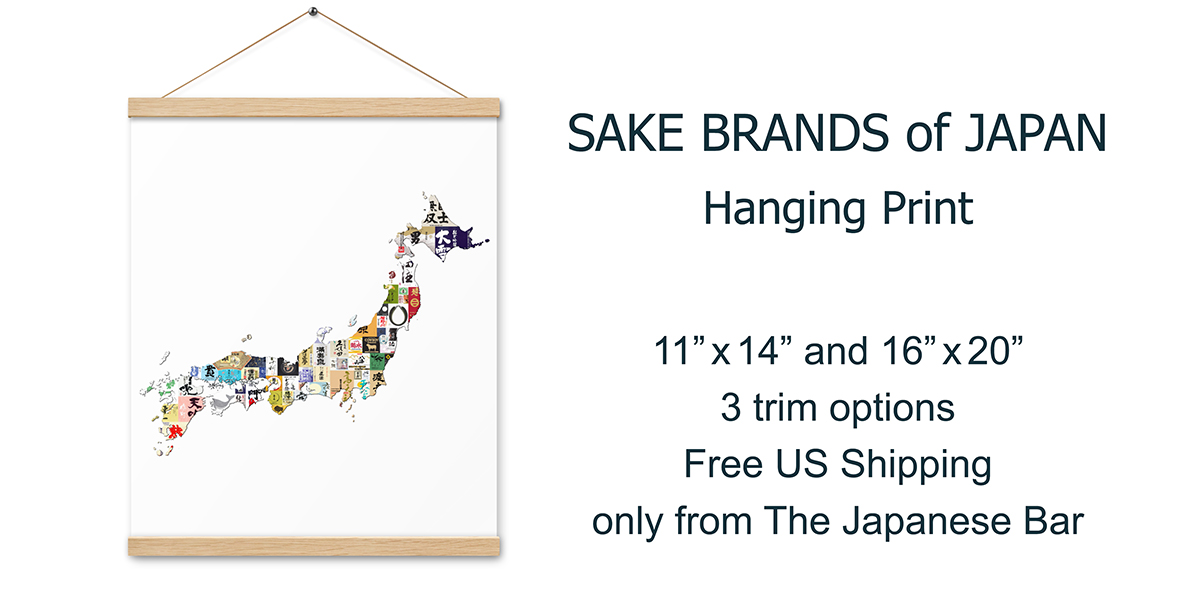
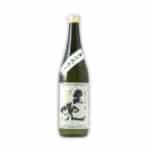
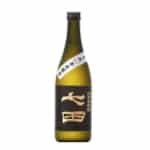
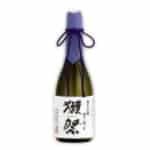
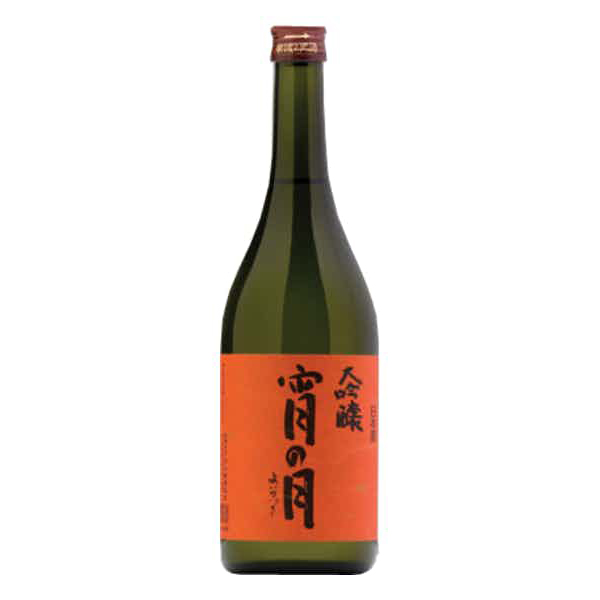
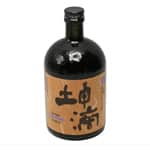
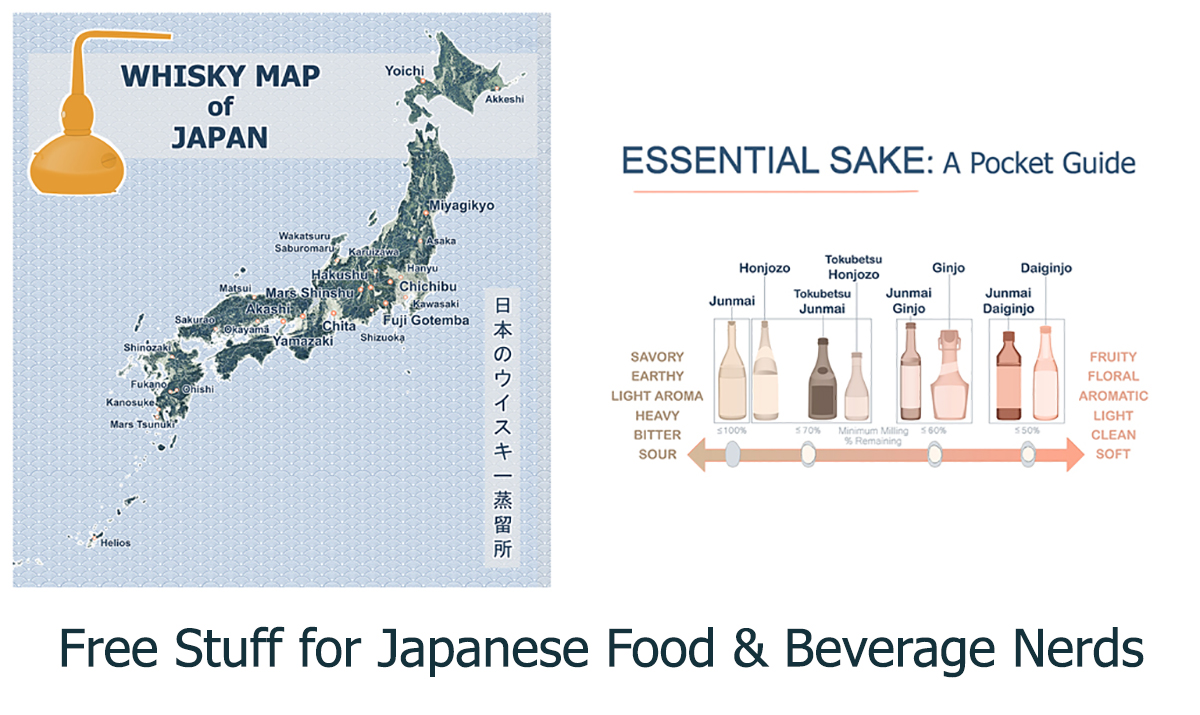
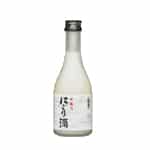
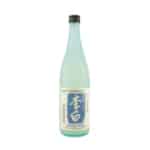
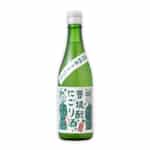
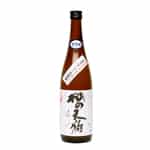
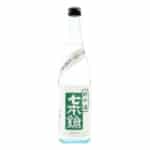
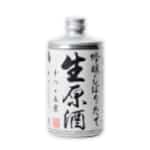
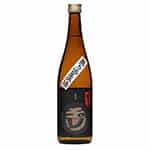
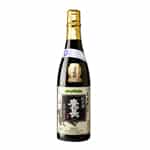
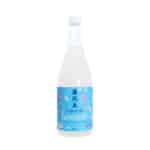
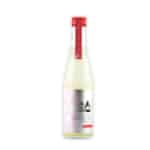
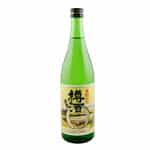
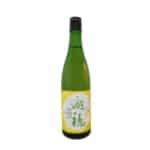
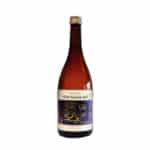
Excellent blog…
Is this supposed to read “big-bodied”?
Mizuho is a rich and powerful sake. It’s very aromatic, slightly sweet, bid-bodied, and acidic.
Hi William,
Big-bodied is what I meant to write. I appreciate you pointing this out and will update it asap.
Thank you for your comment!
Brad